Read our latest news, or click the button to filter by year for older press releases.
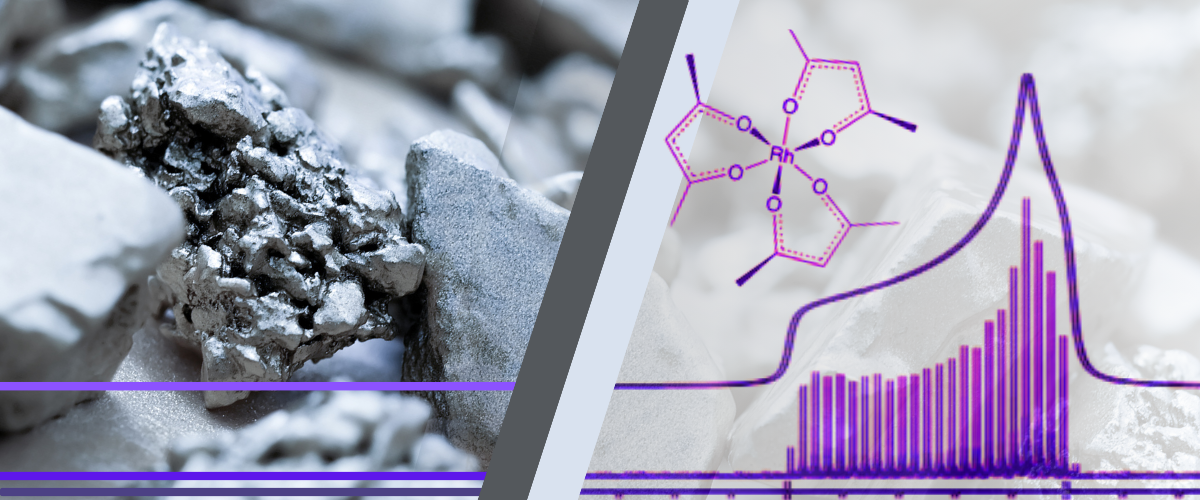
October 23, 2024
MagLab researchers are working to investigate platinum group metals using the world’s most powerful Nuclear Magnetic Resonance systems.
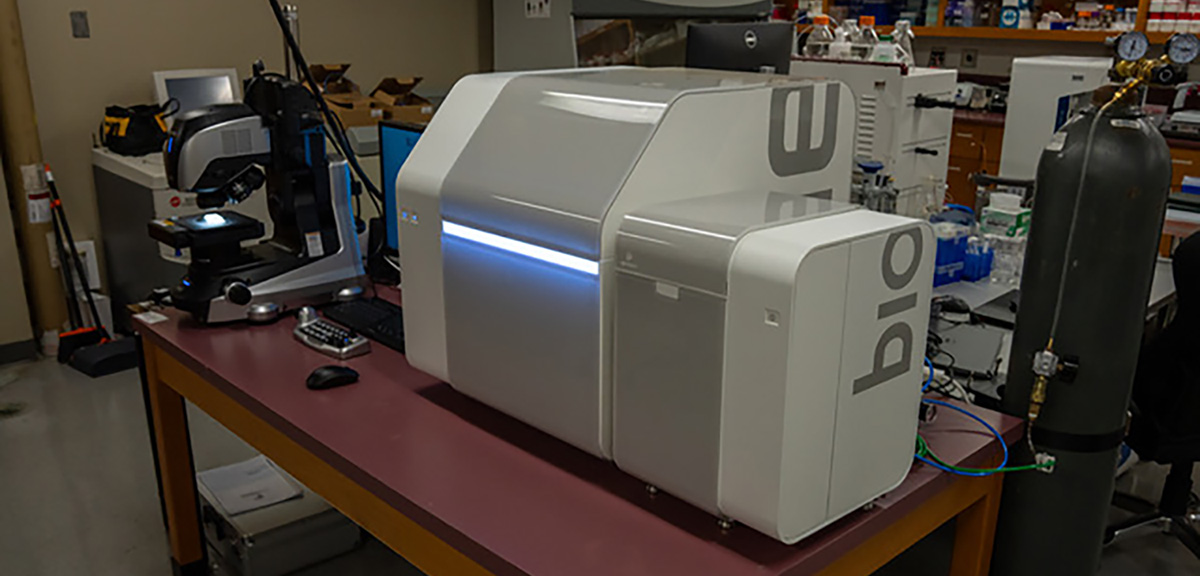
September 30, 2024
New tool will enable biological research and bioengineering at a super-small scale, opening the door to improved testing of pharmaceuticals and creati…
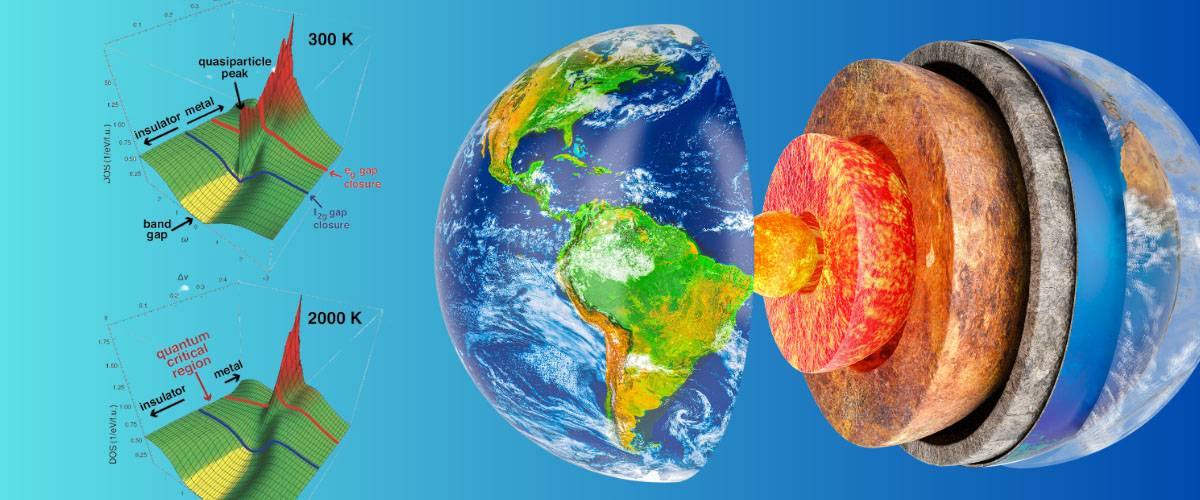
September 05, 2024
MagLab theoretical physicists uncovered unique properties of iron monoxide which may play a role in transferring heat from Earth’s core to the surface…

August 21, 2024
Research shows the fungus shuffles and rebuilds its cell wall to defend against antifungal drugs.
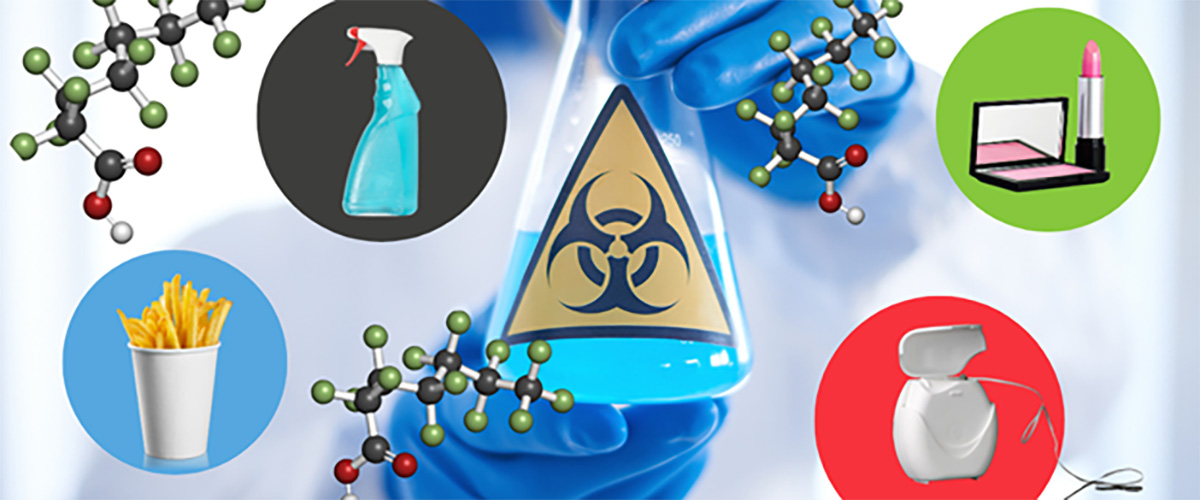
August 07, 2024
MagLab research works to find and catalog PFAS forever chemicals in our environment.
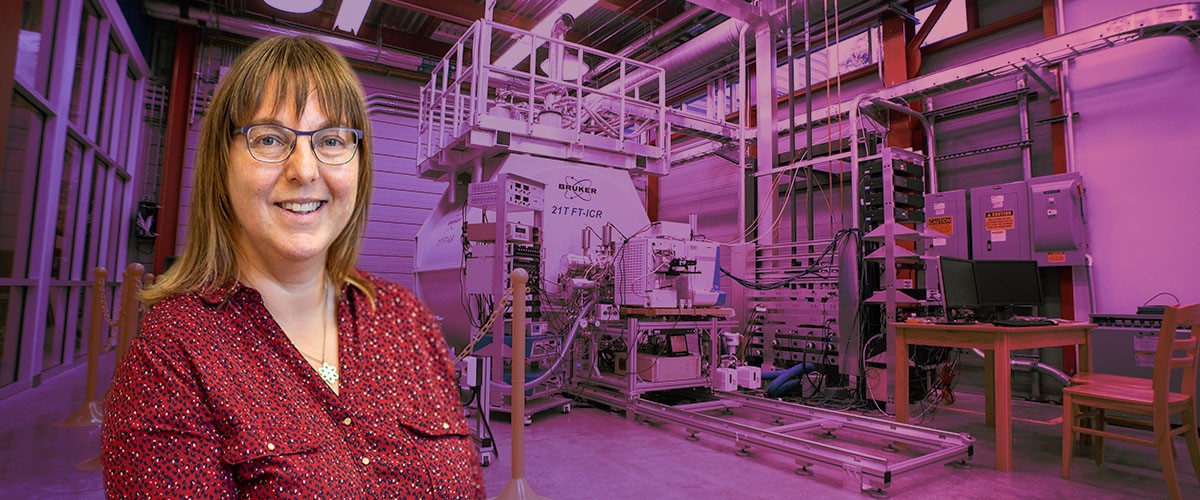
June 10, 2024
After years advising the lab as a member of our User and External Advisory Committees, Kristina (Kicki) Håkansson will now lead the MagLab’s ICR facil…
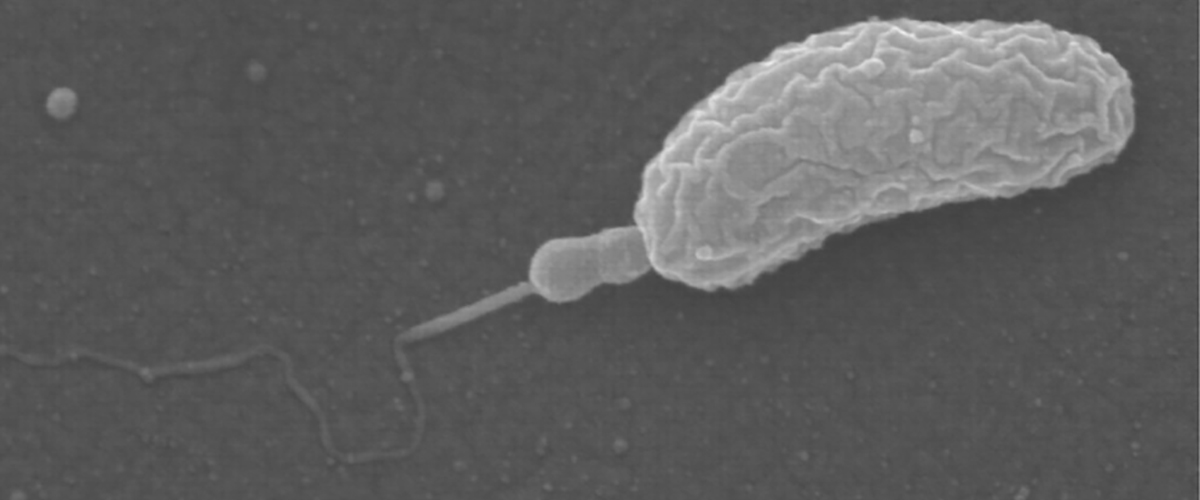
June 04, 2024
Researchers at the National High Magnetic Field Laboratory are working to learn more about predatory bacteria called BALOs and what role they could pl…
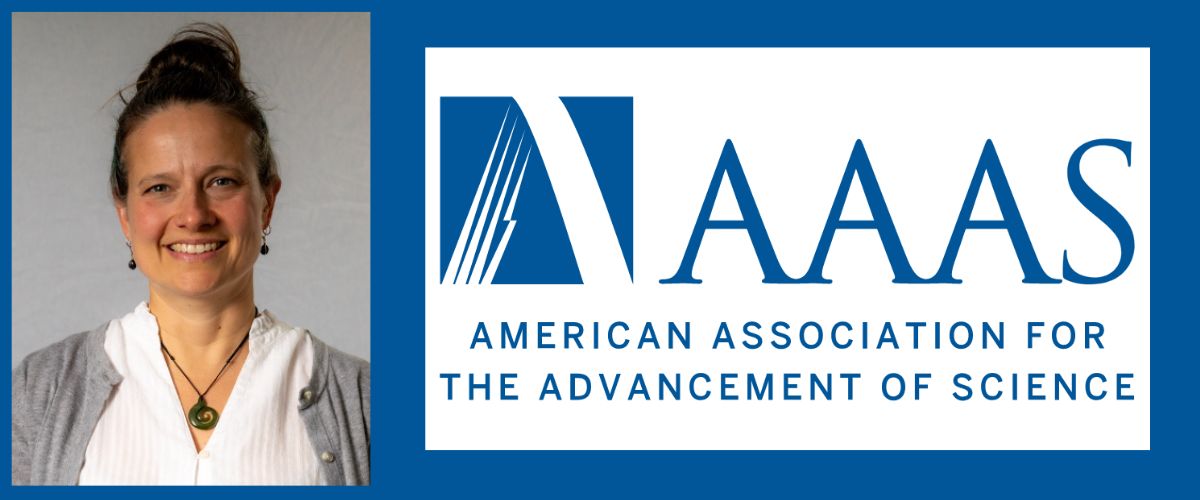
April 18, 2024
Roxanne Hughes, Director of the MagLab’s Center for Integrating Research and Learning, named a AAAS Fellow.
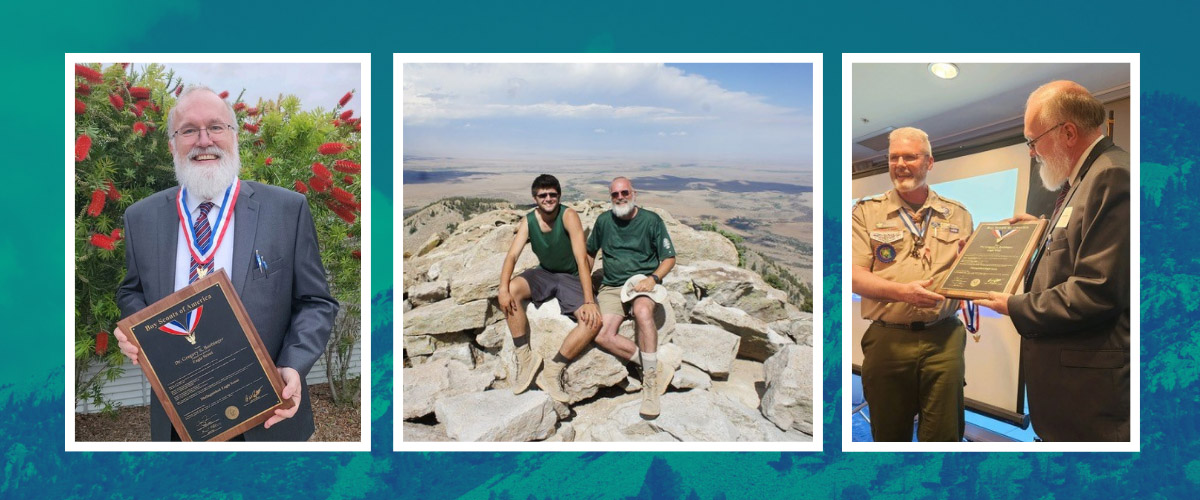
March 25, 2024
The award from the National Eagle Scout Association recognizes Eagle Scouts for professional accomplishments and volunteering.
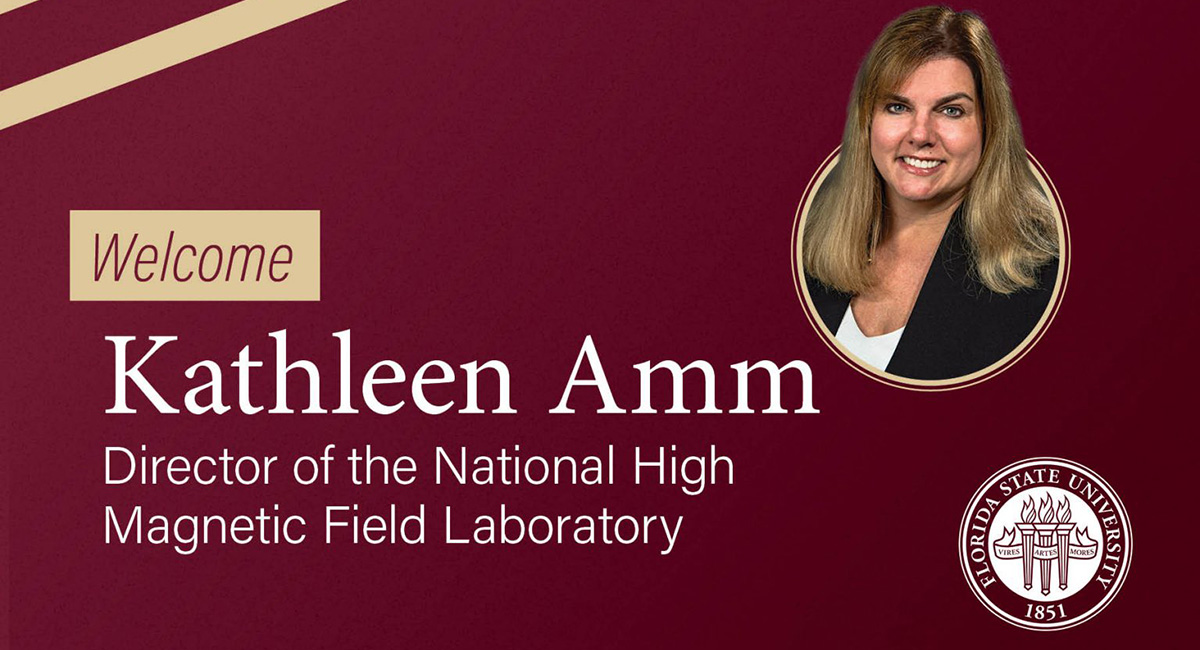
March 21, 2024
Dr. Amm to oversee world's largest and highest-powered magnet lab.
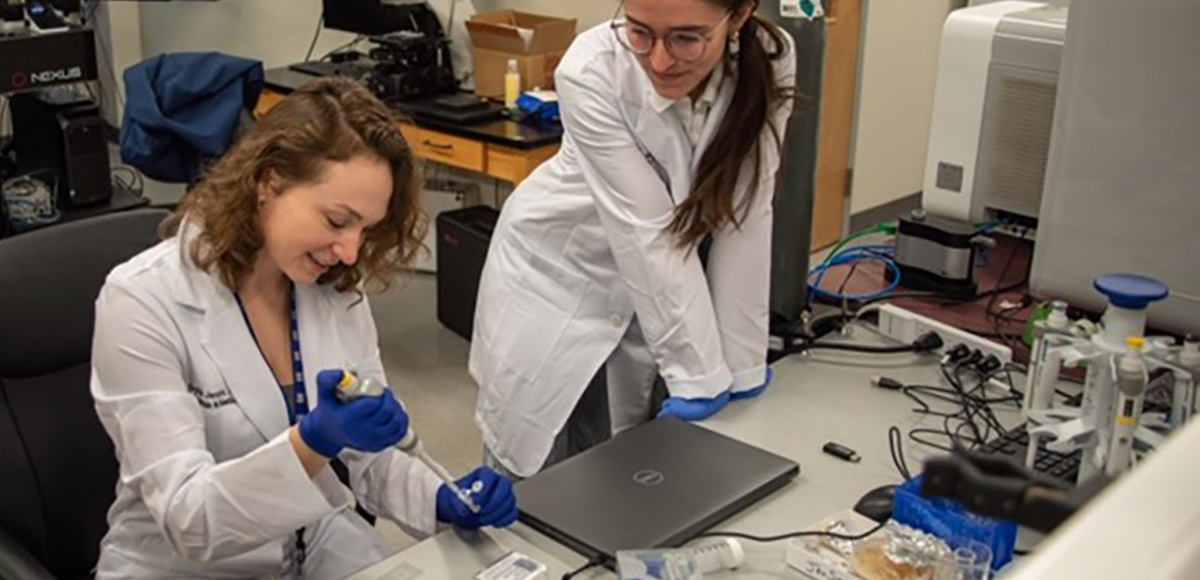
March 08, 2024
A MagLab biomedical engineering research group blazes a trail for women in science.
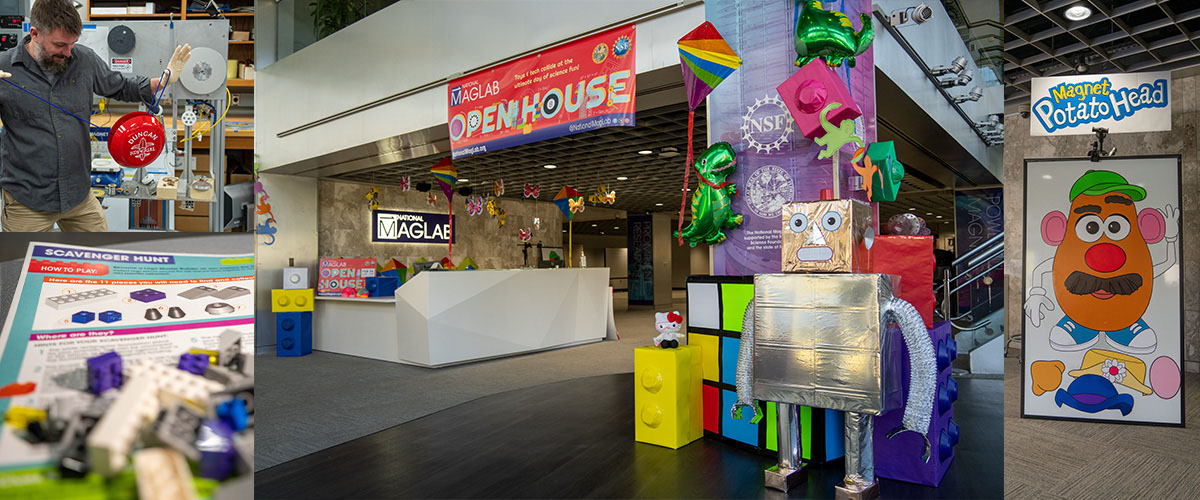
February 22, 2024
2024 science festival will celebrate toys of all types.
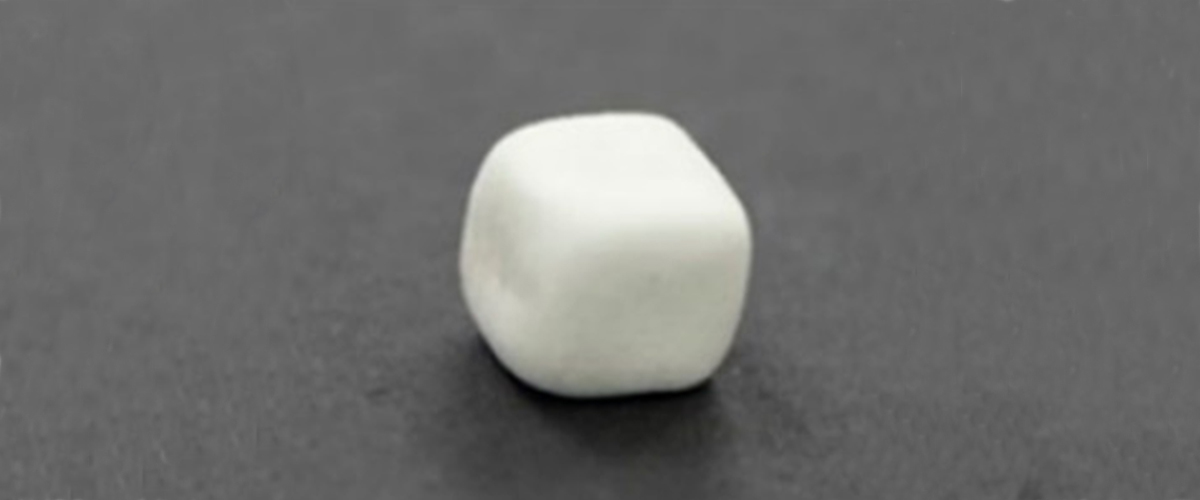
February 12, 2024
An FSU chemistry team advances work to find batteries that charge faster and last longer.

January 31, 2024
Fuel made from corn harvest waste would reduce greenhouse emissions by 70%.
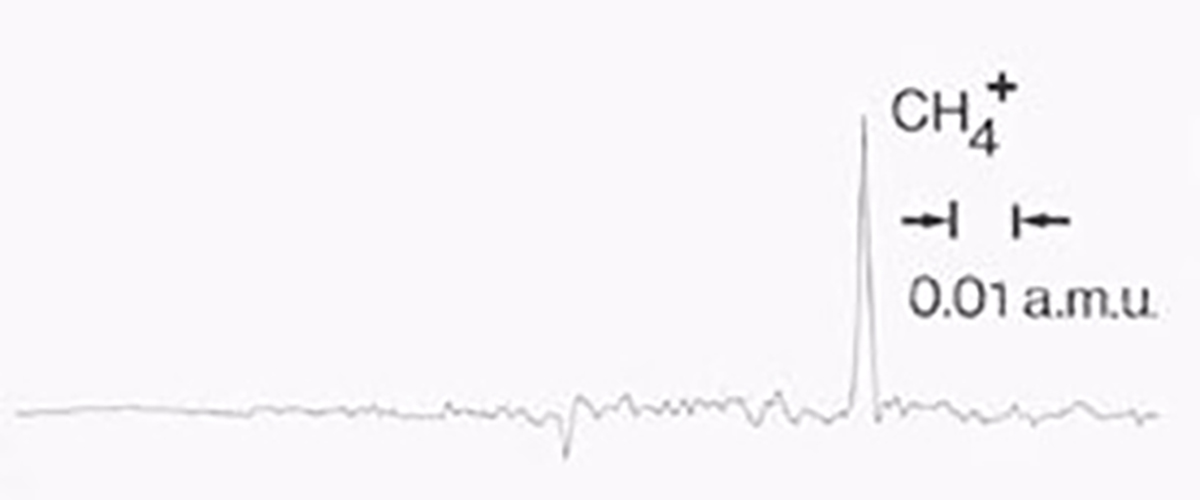
December 07, 2023
The first mass spectrum from Fourier-Transform Ion Cyclotron Resonance happened in December 1973. The co-inventor went on to build MagLab’s world-reno…
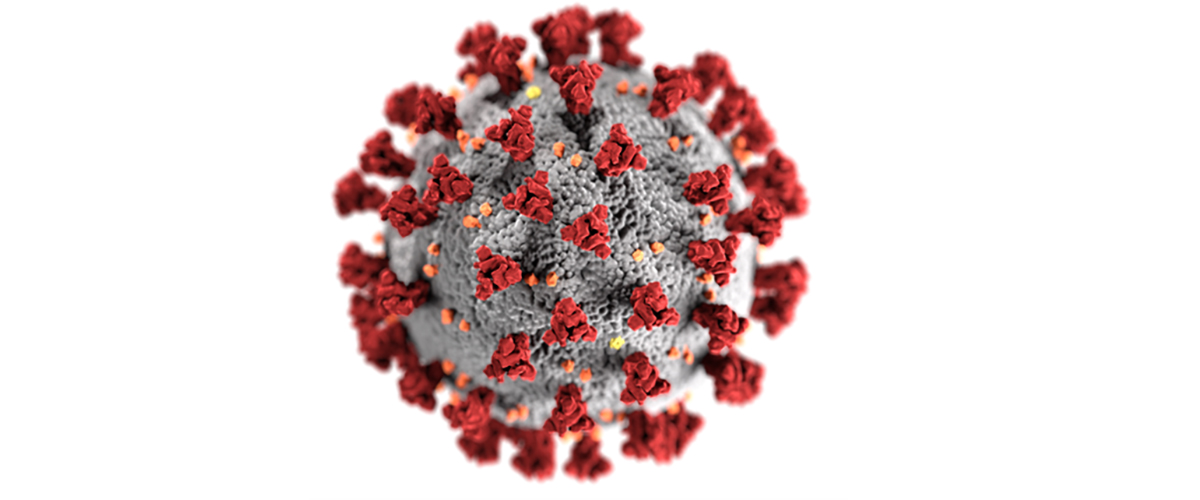
December 04, 2023
Researchers are working to characterize the virus’ envelope protein, or E protein, believed to be key to virus activity.
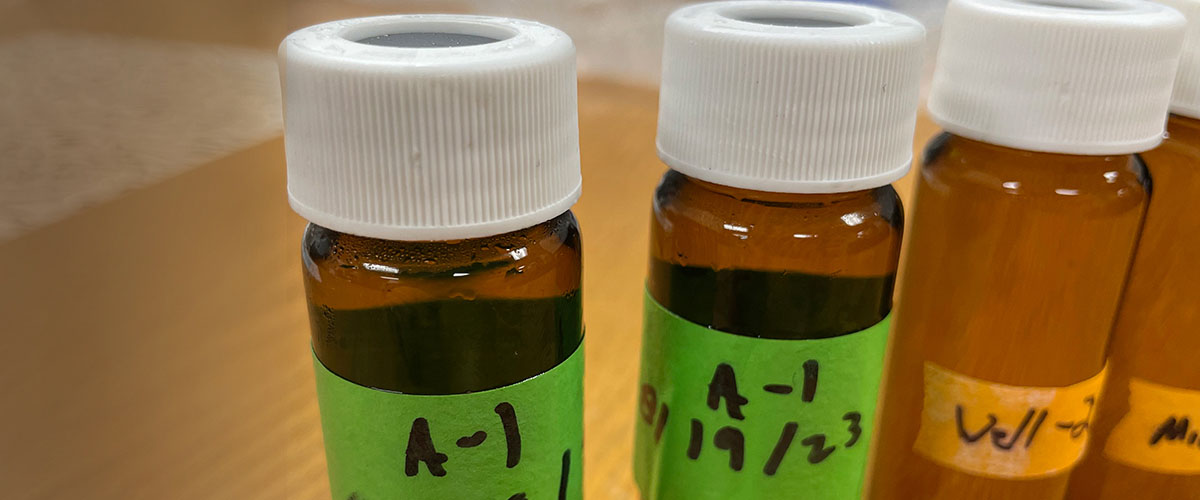
November 08, 2023
"We're opening up the world at a molecular level to understand how these fires are going to impact us."
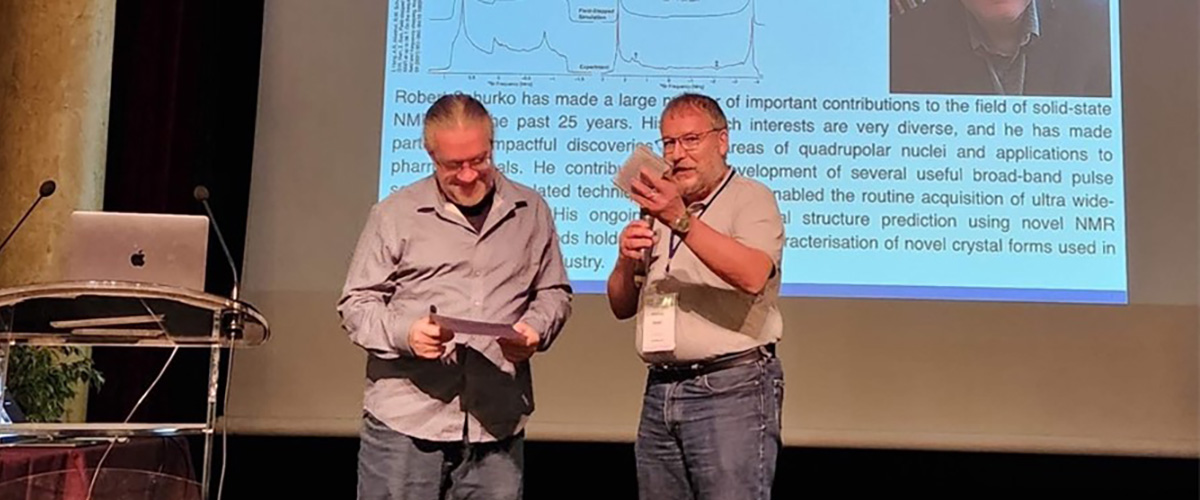
September 29, 2023
MagLab NMR Facility Director Rob Schurko was awarded the Vold Prize for his contributions to the field of solid-state NMR over the past 25 years.
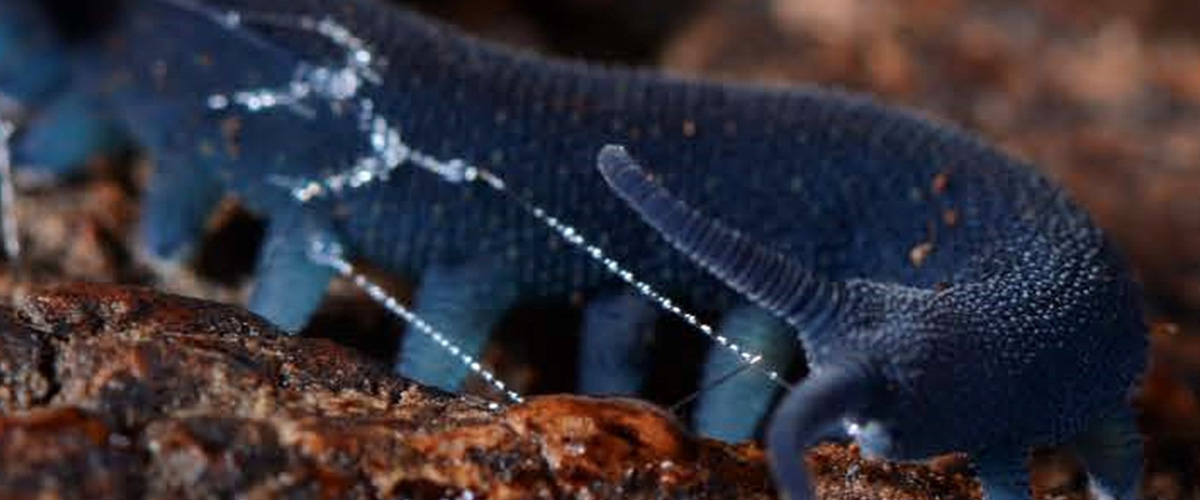
September 25, 2023
MagLab analysis provides new insight about the molecular composition of velvet worm slime, which has long fascinated scientists because of its remarka…
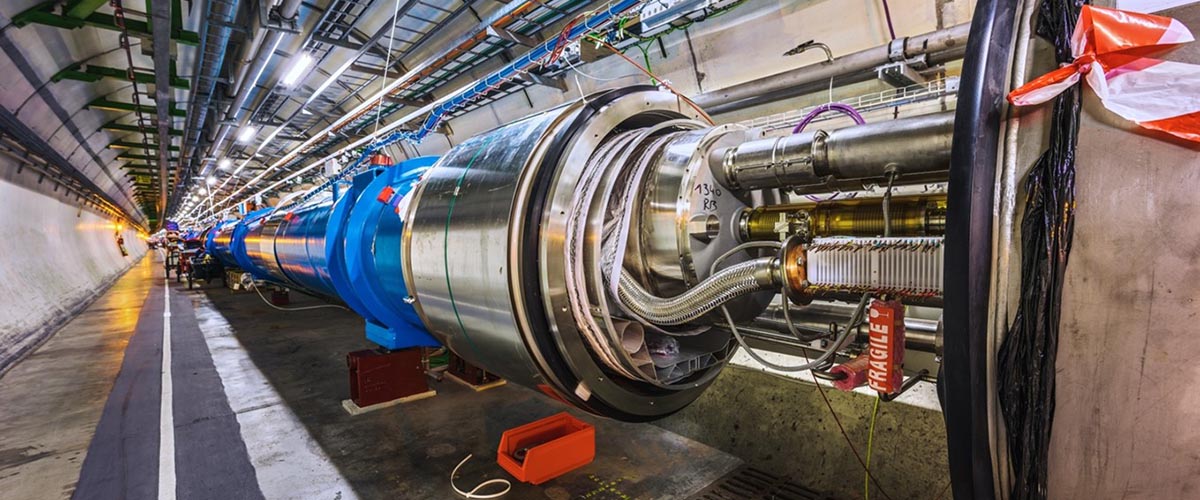
September 06, 2023
A team of MagLab scientists has been working on the superconducting wires for new electromagnets that will improve physics research at the Large Hadro…
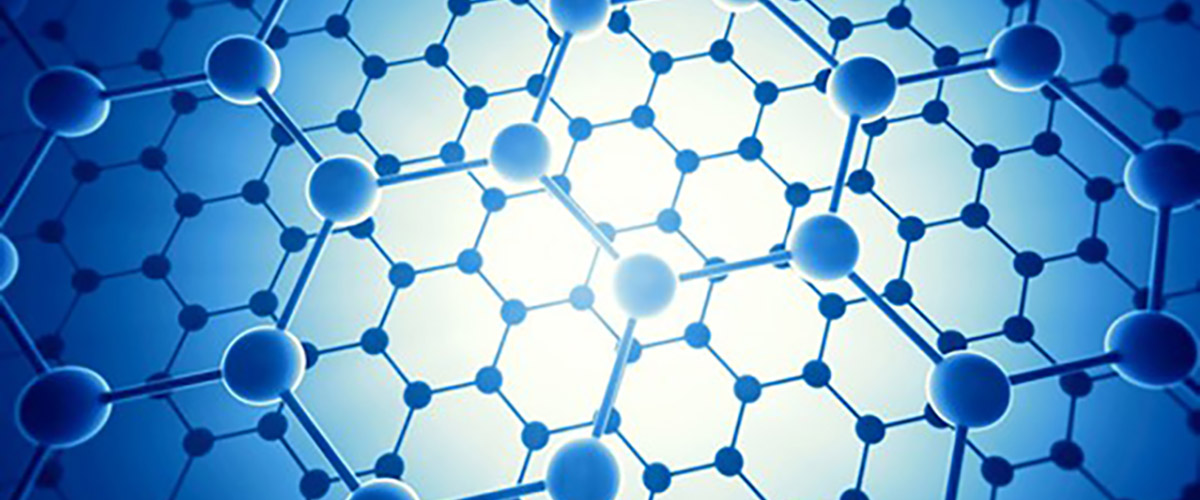
August 15, 2023
Researchers now have a better understanding of how even a slight tug changes the marvel material.
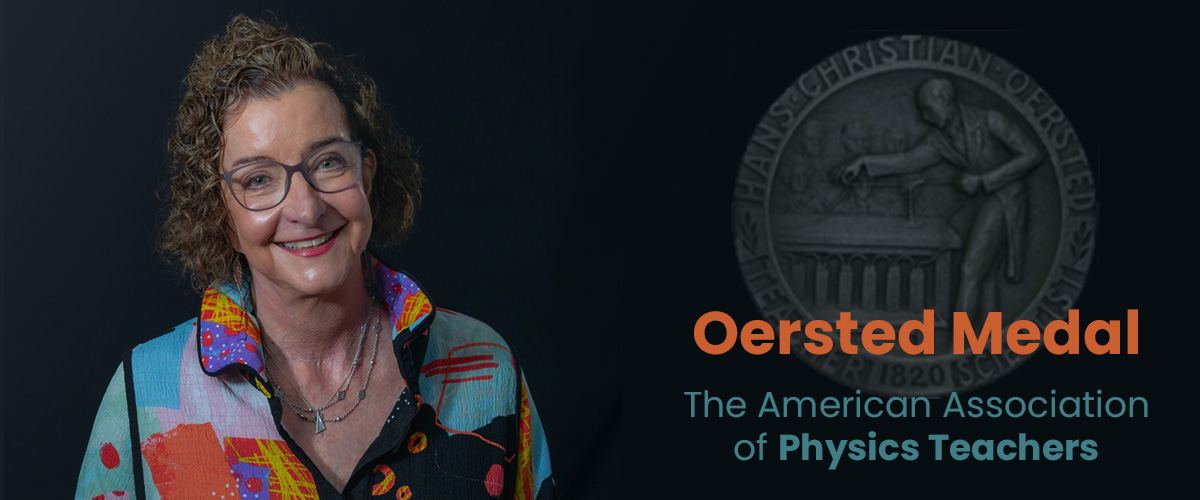
August 15, 2023
The award recognizes those who've had an "outstanding, widespread, and lasting impact on the teaching of physics."
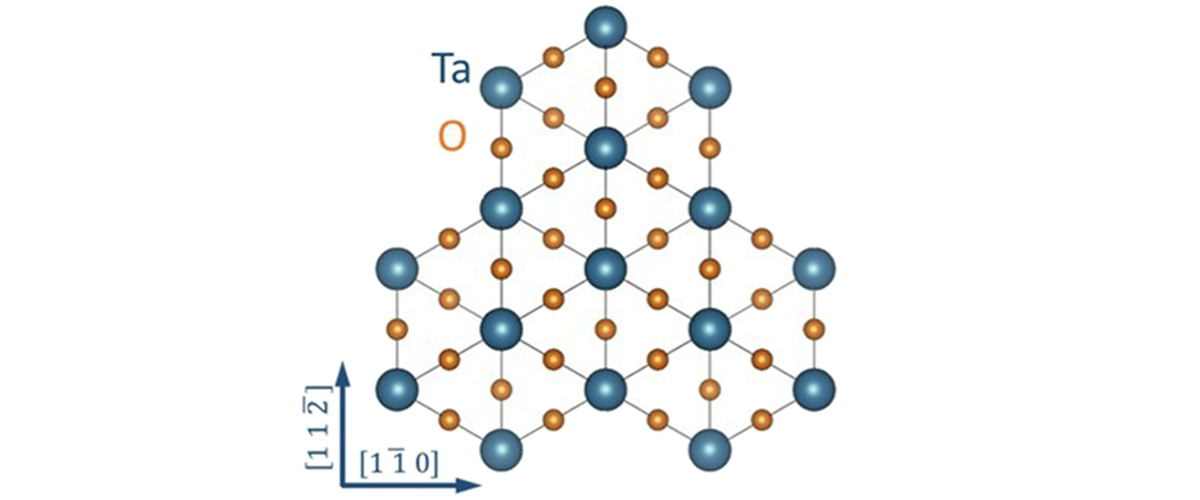
August 01, 2023
The new superconducting material, called potassium tantalate, is capable of withstanding substantial magnetic fields.
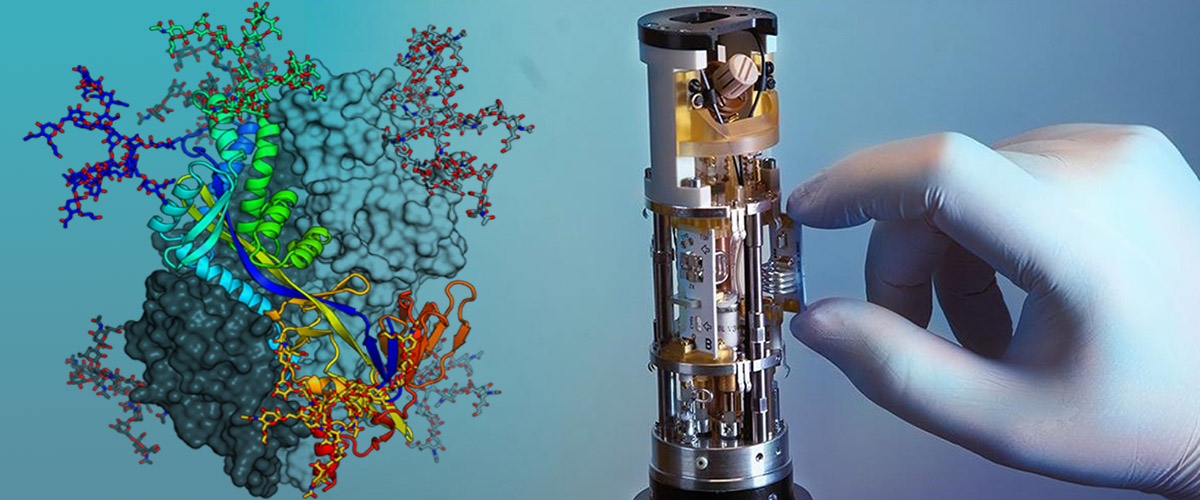
June 22, 2023
Improving technology for research of biomolecules and advancing our understanding of health and disease.
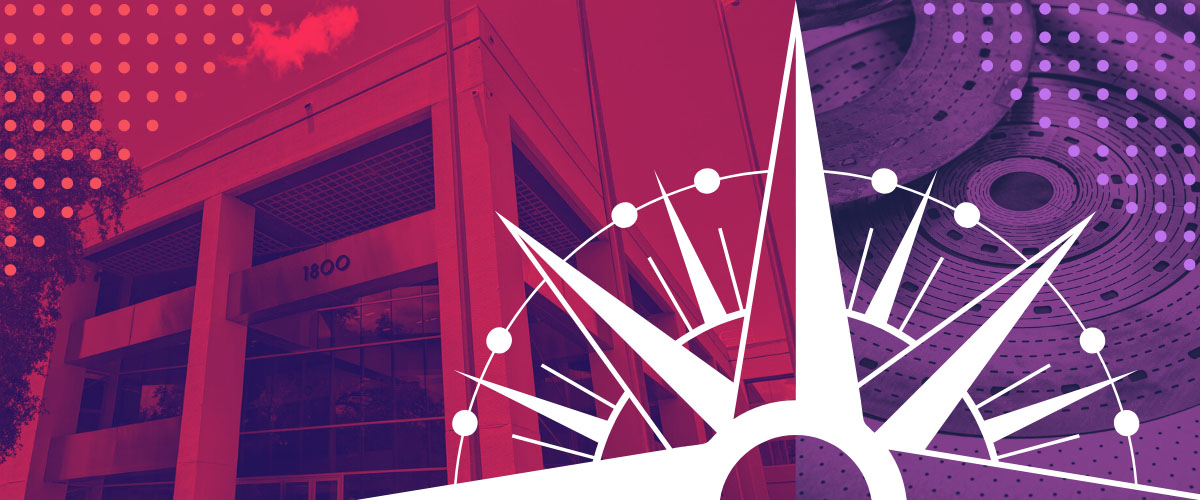
April 17, 2023
Greg Boebinger is stepping down as director after nearly two decades and FSU is launching a search to find his replacement.
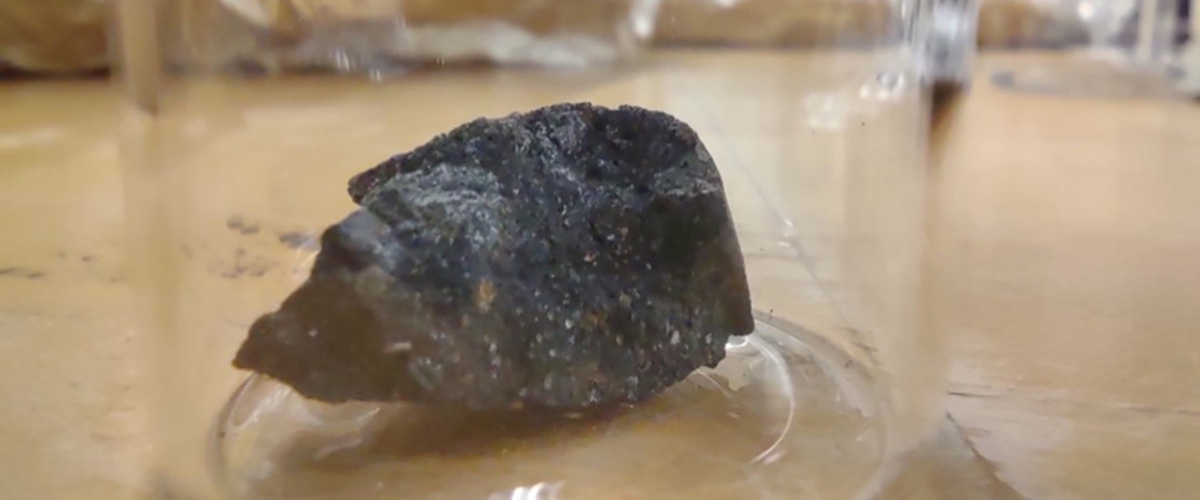
March 28, 2023
MagLab analysis finds the space rock is among the most complex materials.
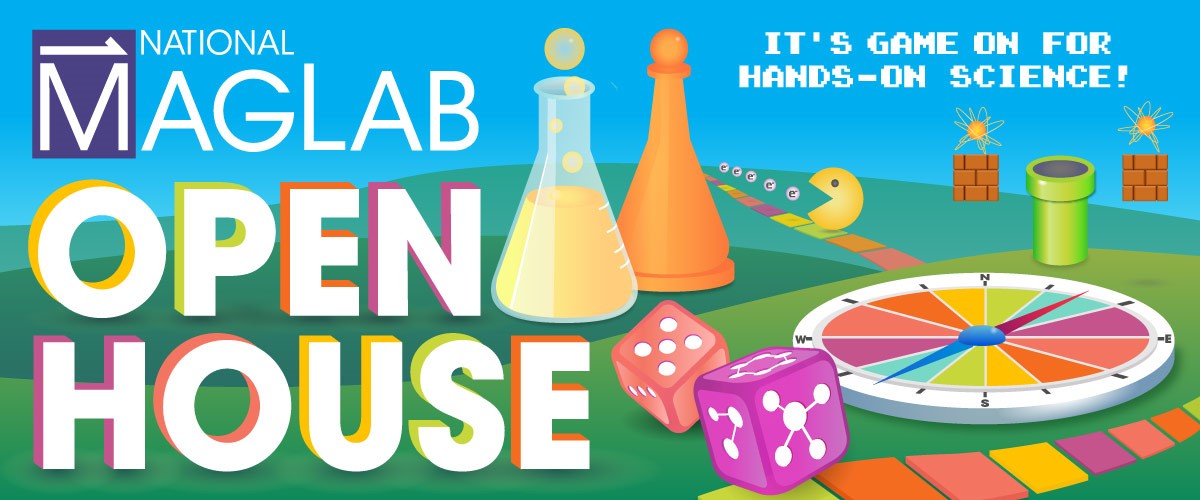
February 16, 2023
Annual event returns in full force for the first time in 3 years with all of your favorite board, video, carnival, and TV games
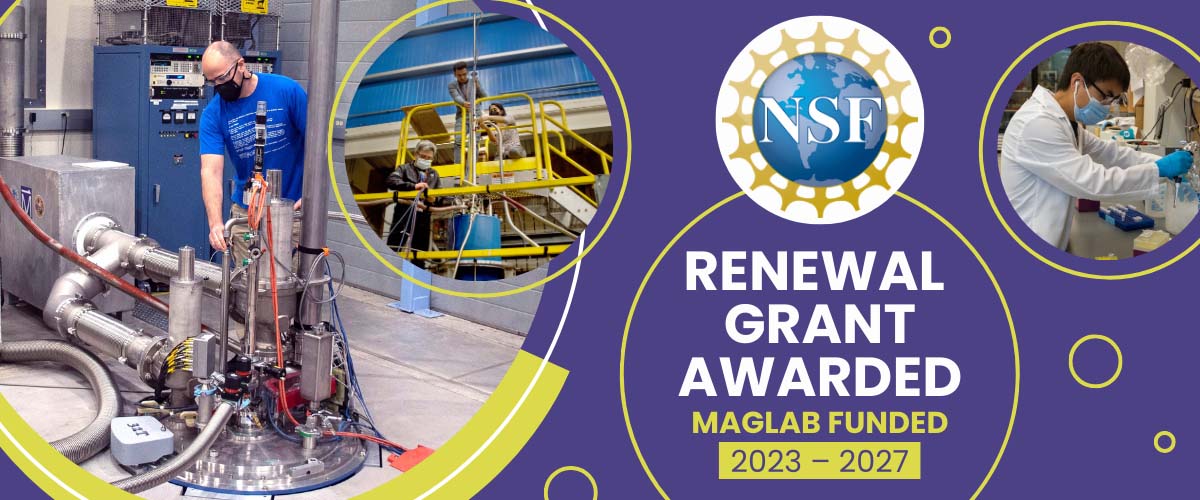
December 13, 2022
New five-year grant from the National Science Foundation sustains the world’s most powerful magnet lab through 2027.
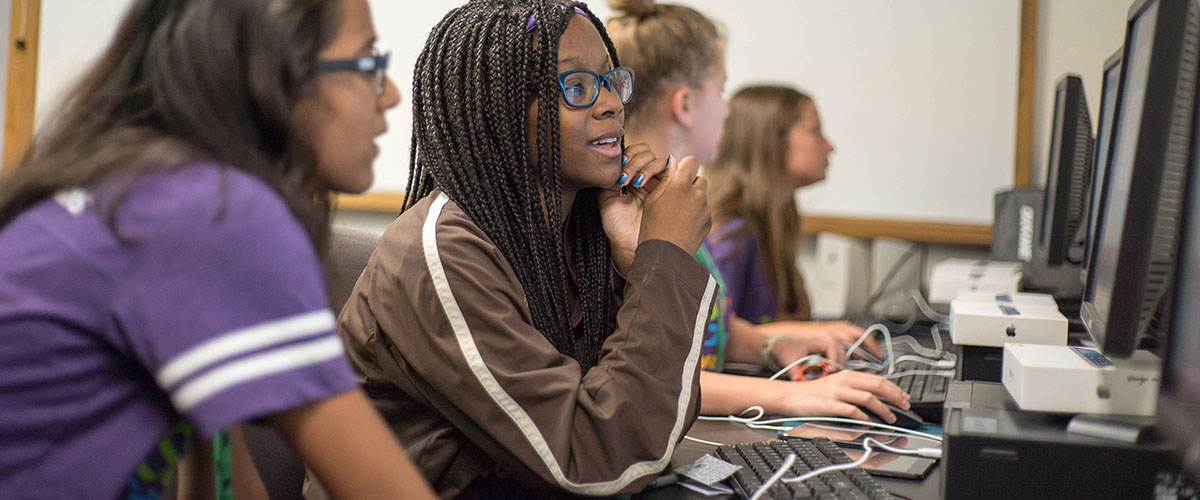
September 16, 2022
A $1.9 million will explore how online STEM programs can yield improved STEM identity in girls.
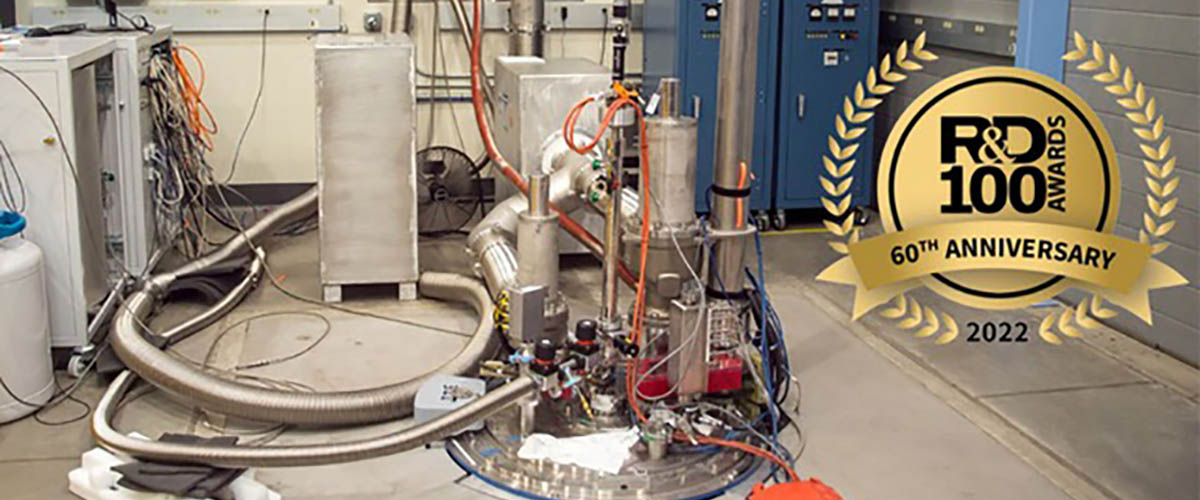
September 09, 2022
World's strongest superconducting magnet celebrated as a top 100 revolutionary technology.
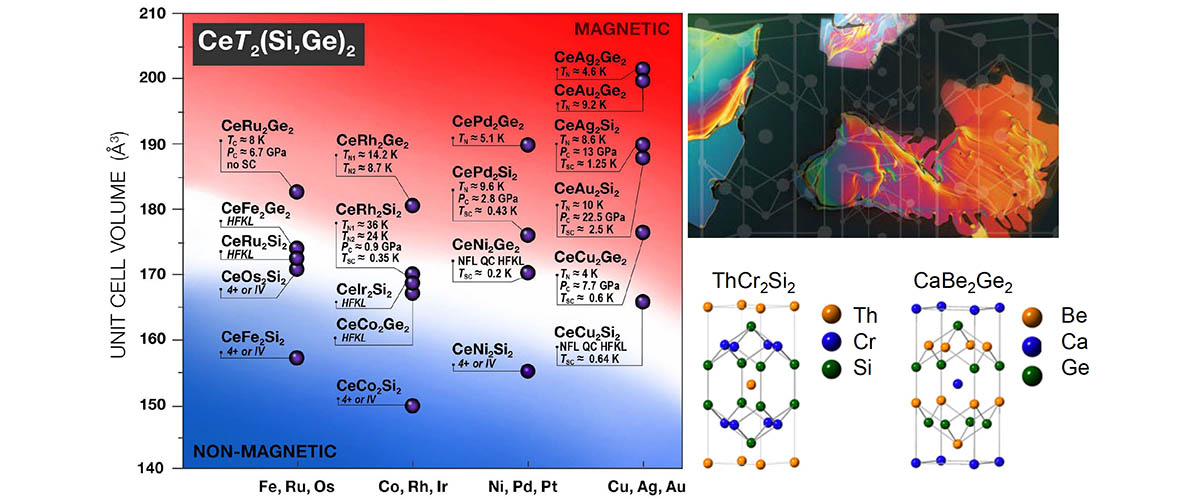
August 10, 2022
Work connecting physics, chemistry and materials science illustrates new methods to yield materials with quantum properties.
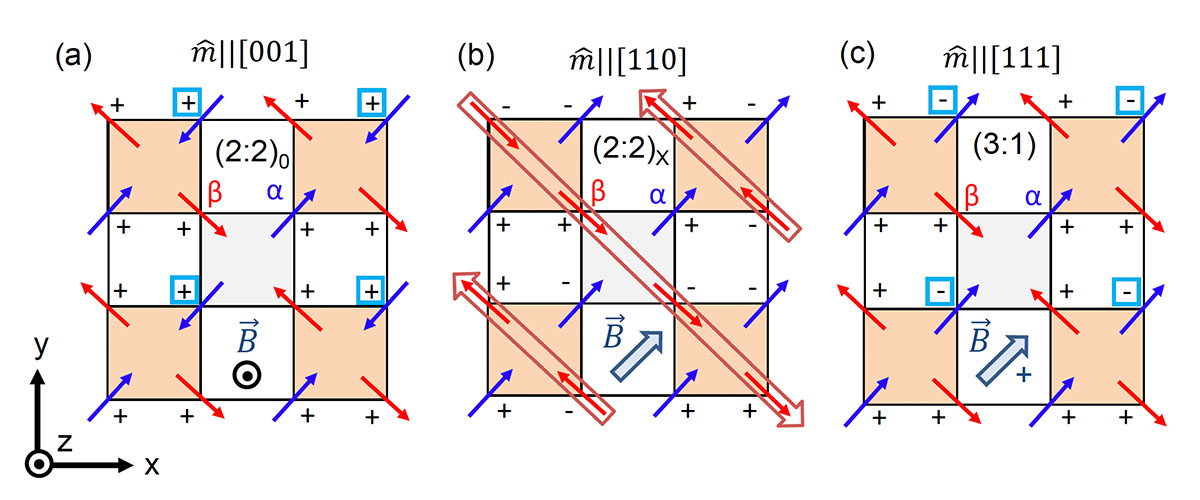
July 05, 2022
Using a special technique performed in the MagLab's high fields, researchers have uncovered a method to understand spin ice materials.
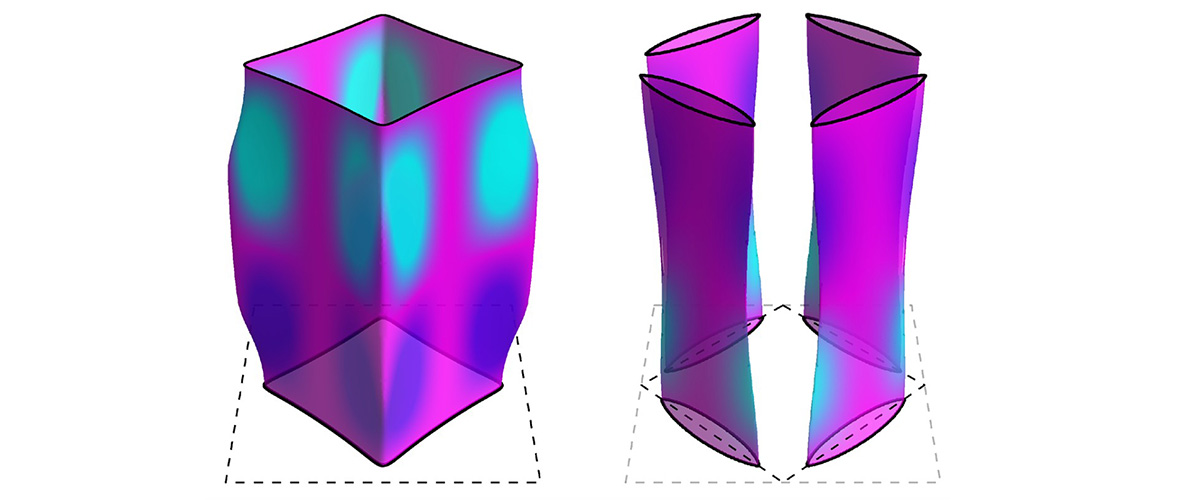
March 14, 2022
MagLab users have discovered that magnetism is key to understanding the behavior of electrons in high-temperature superconductors.
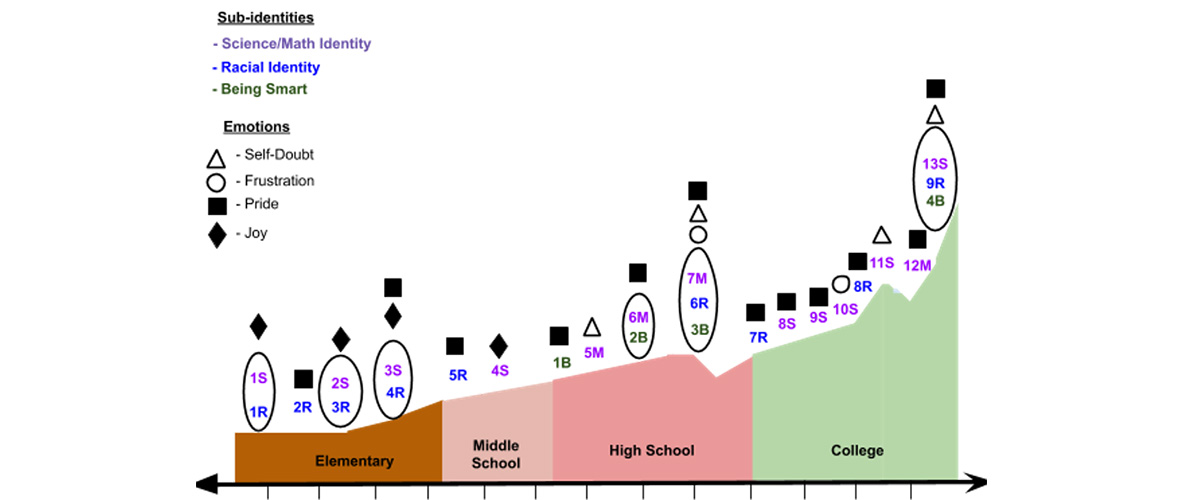
March 07, 2022
New research explores the power of intersecting identities in a young Black woman’s STEM experience.
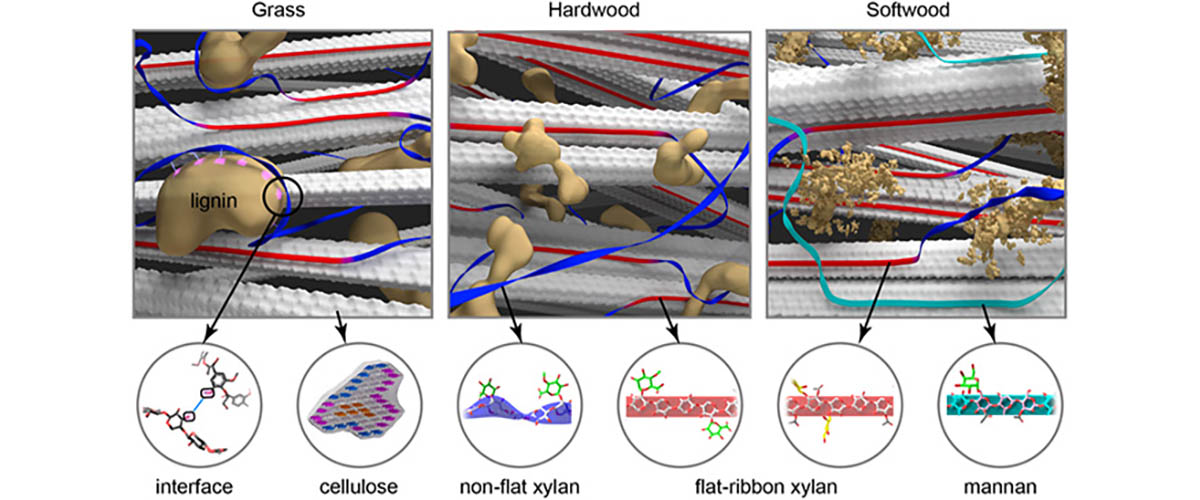
February 13, 2022
Researchers reveal how carbohydrates form plant biomass, information that may lead to new biorenewable energy solutions.
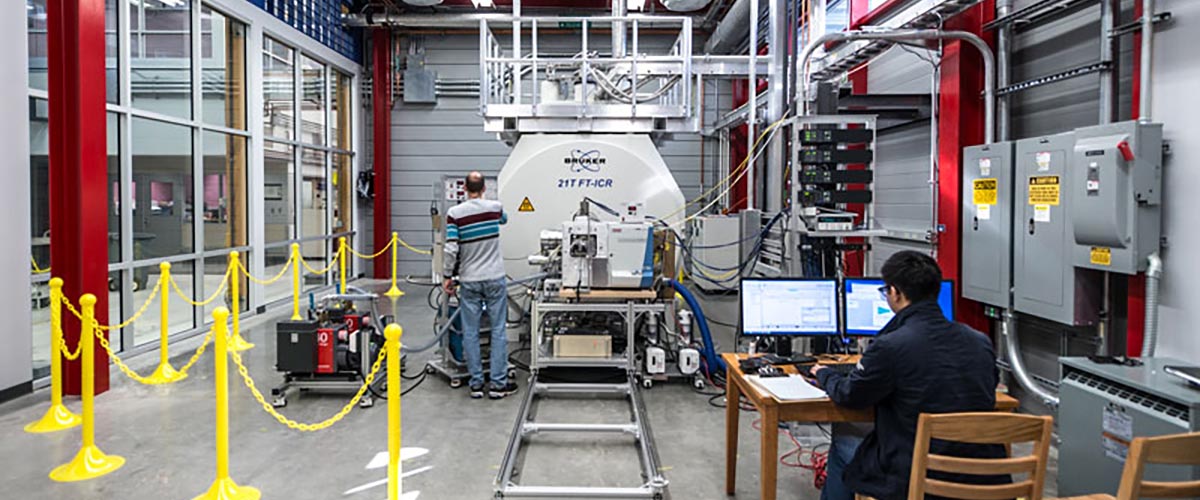
February 09, 2022
Learn how the MagLab's high-field magnets are helping uncover the secrets of "forever chemicals."
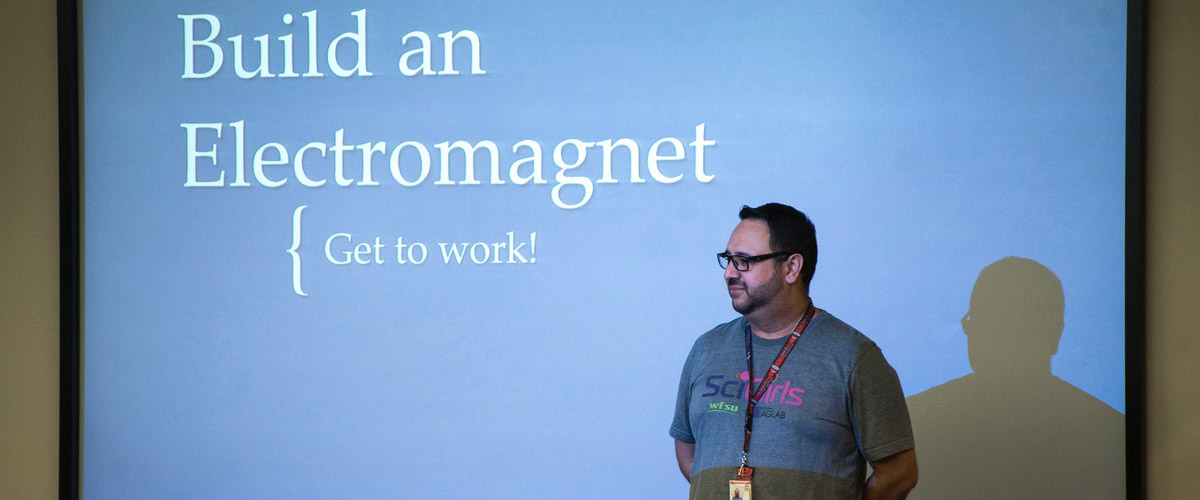
December 06, 2021
Carlos R. Villa who is usually surrounded by K-12 students now joins a list of prestigious honorees recognized by the Tallahassee Scientific Society f…
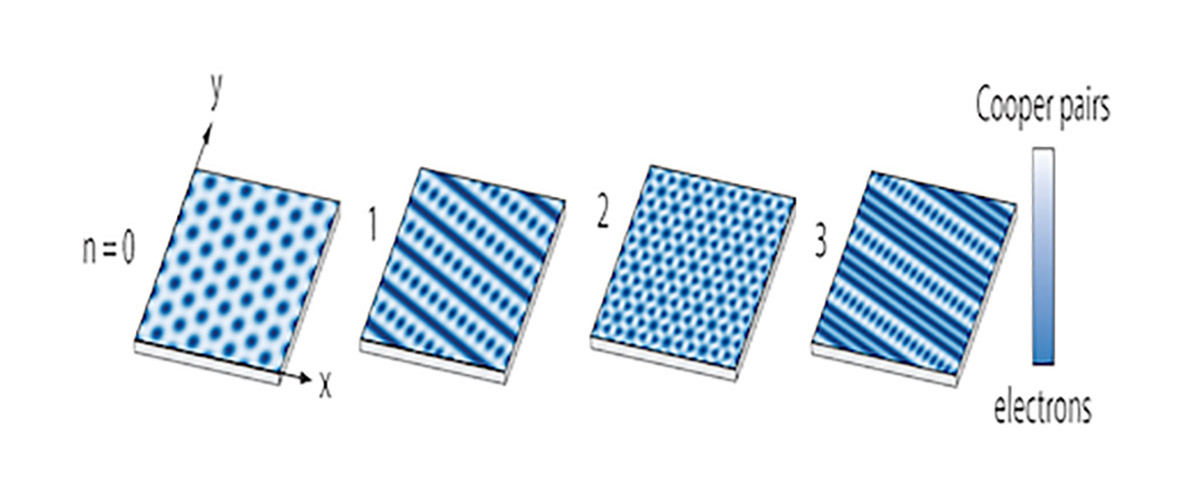
November 29, 2021
New research has potential applications in quantum computing and introduces a new way to measure the secrets of superconductivity.
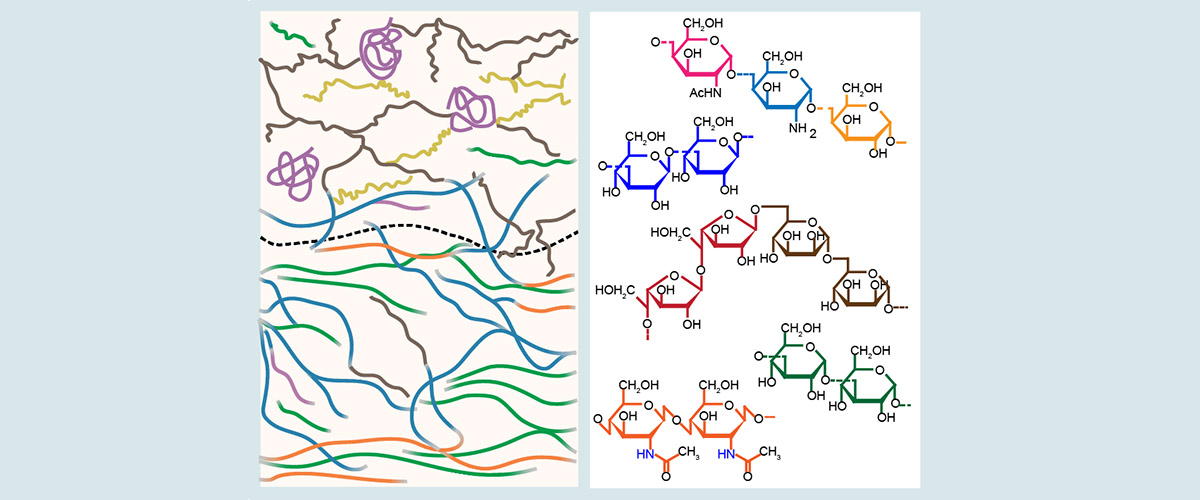
November 22, 2021
Molecular architecture of fungal cell walls and the structural responses to stresses revealed in new paper.
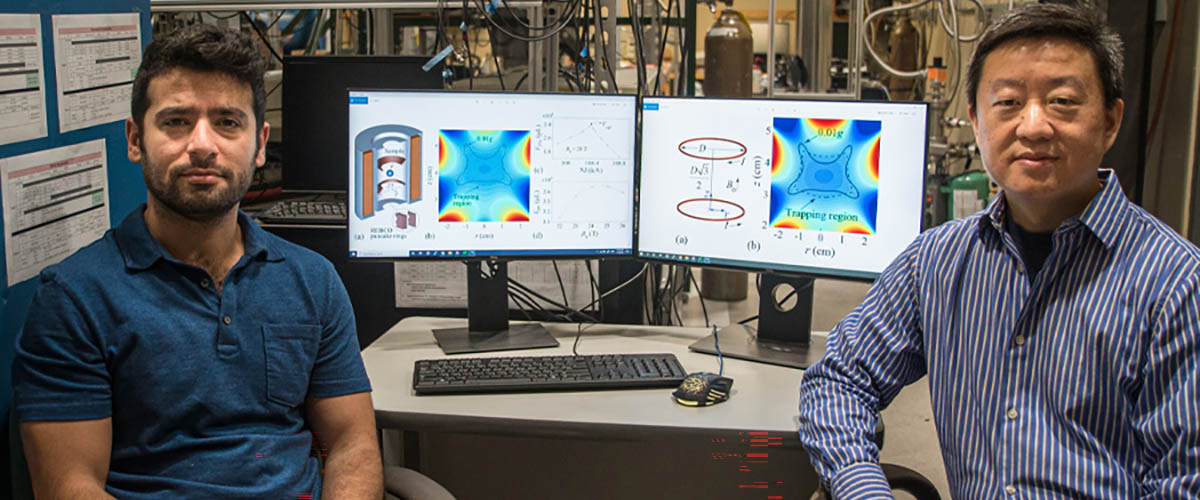
November 04, 2021
As humanity continues its exploration of the universe, the low-gravity environment of space presents unusual challenges for scientists and engineers.
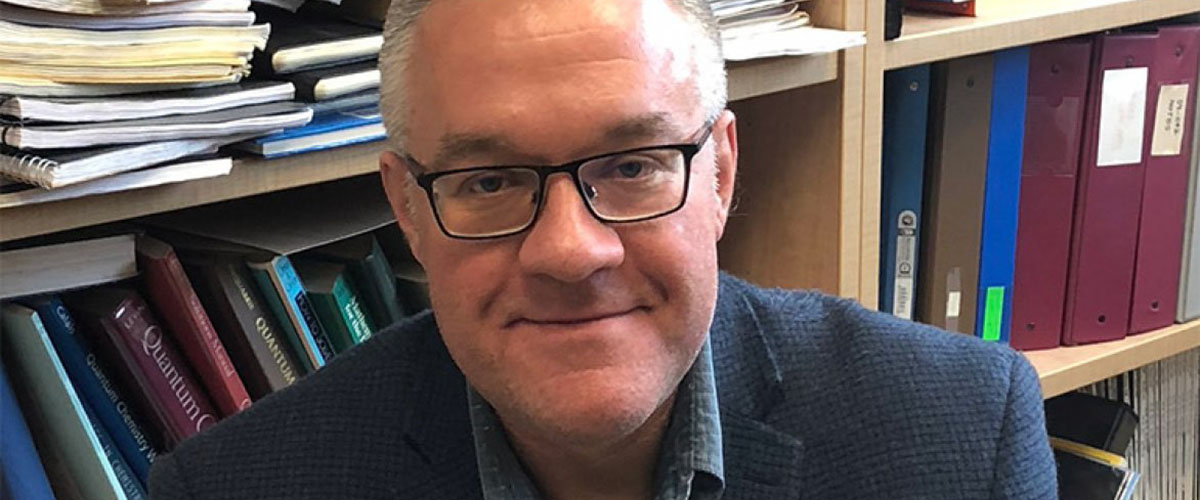
October 19, 2021
New funding will explore the mysteries of the Platinum group elements to investigate possible alternatives to rare and expensive materials used in an …
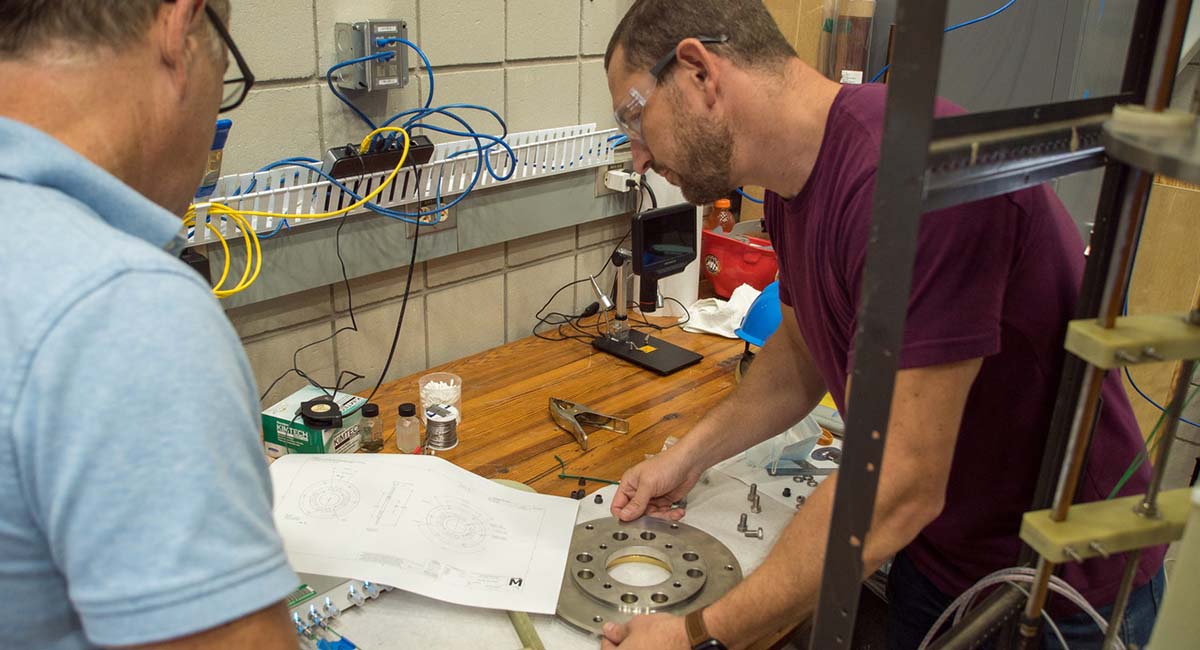
October 03, 2021
The world's next most powerful superconducting magnet will be designed at the National High Magnetic Field Laboratory.
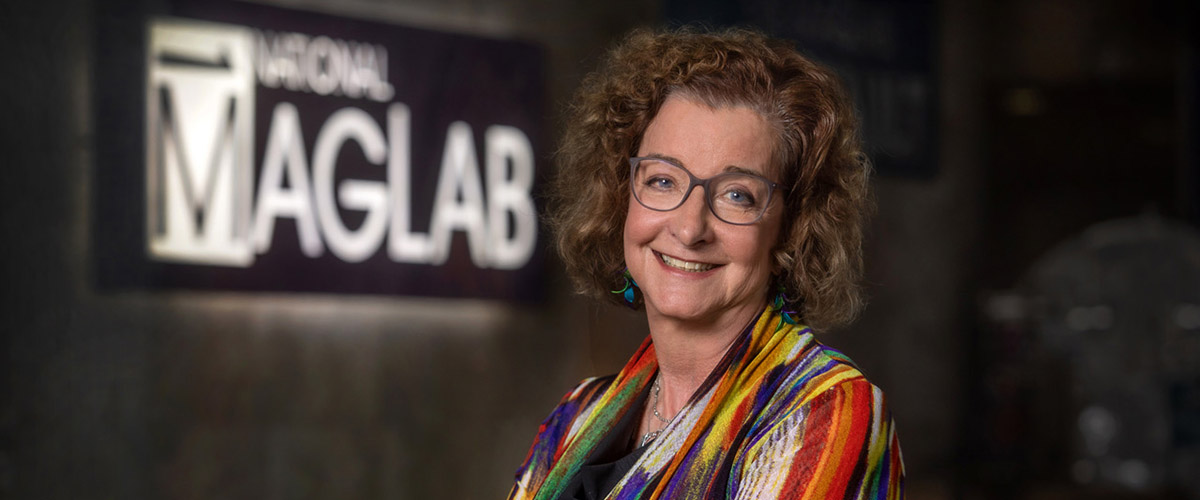
September 22, 2021
Laura Greene is joining a prestigious group of advisors on US science and technology.
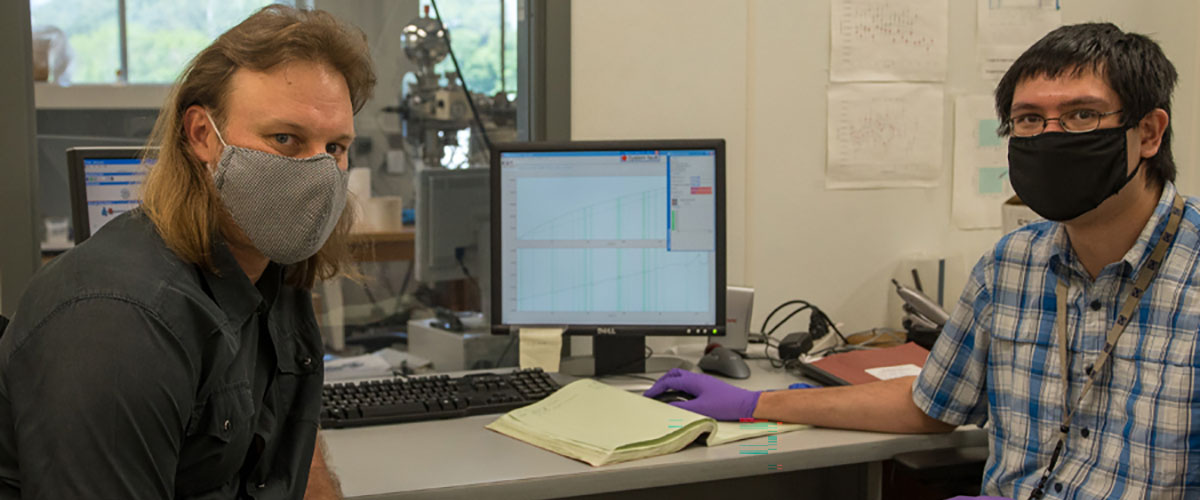
August 02, 2021
Researchers believe the ocean oxygenation occurred over a few tens of thousands of years, a very brief period in Earth’s geological history.
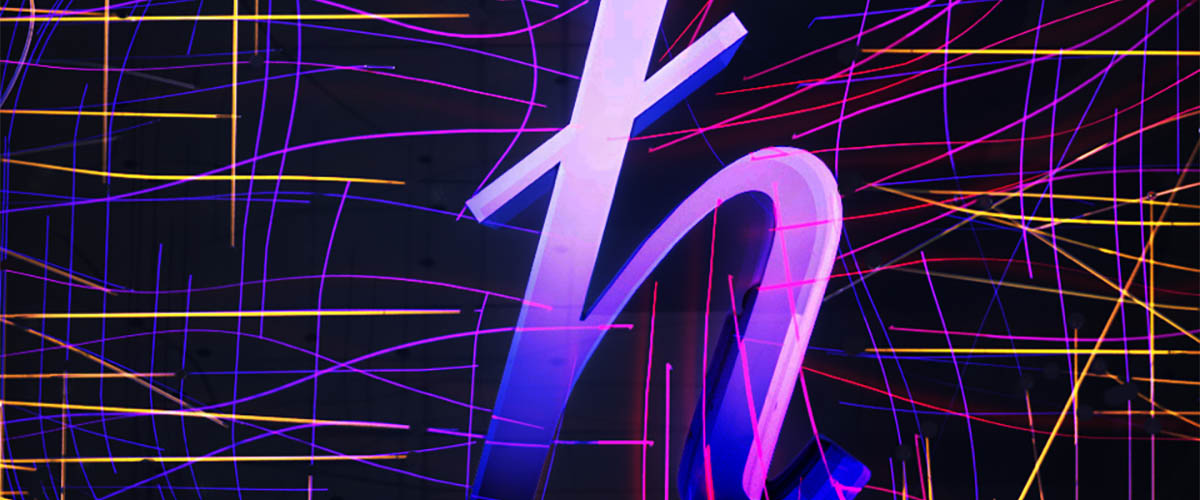
July 29, 2021
Researchers define calculation framework to explain why electrons traveling in any direction in a strange metal follow the "Planckian limit.”
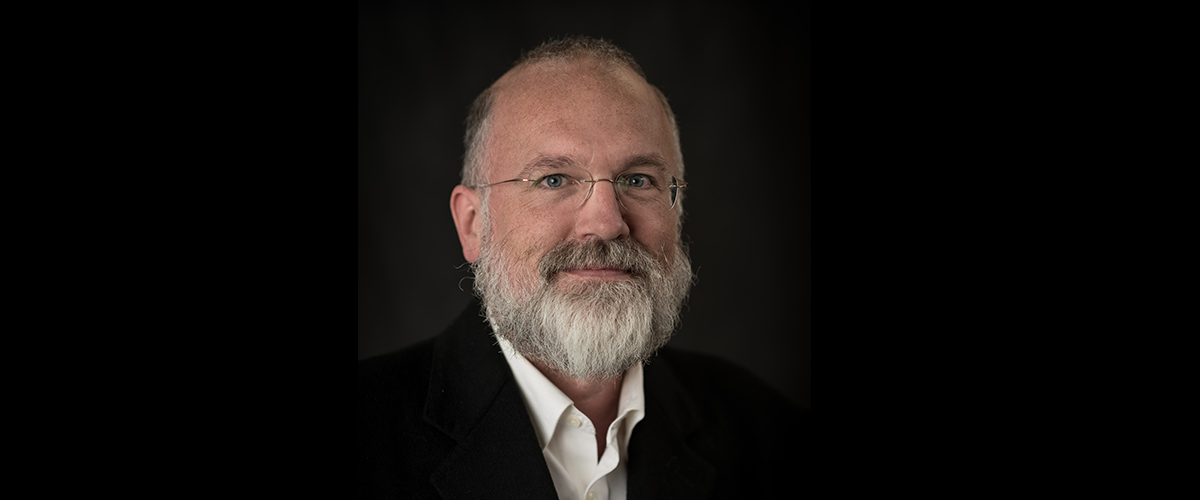
May 03, 2021
Greg Boebinger, director of the Florida State University-headquartered National High Magnetic Field Laboratory, has been named a member of the Nationa…
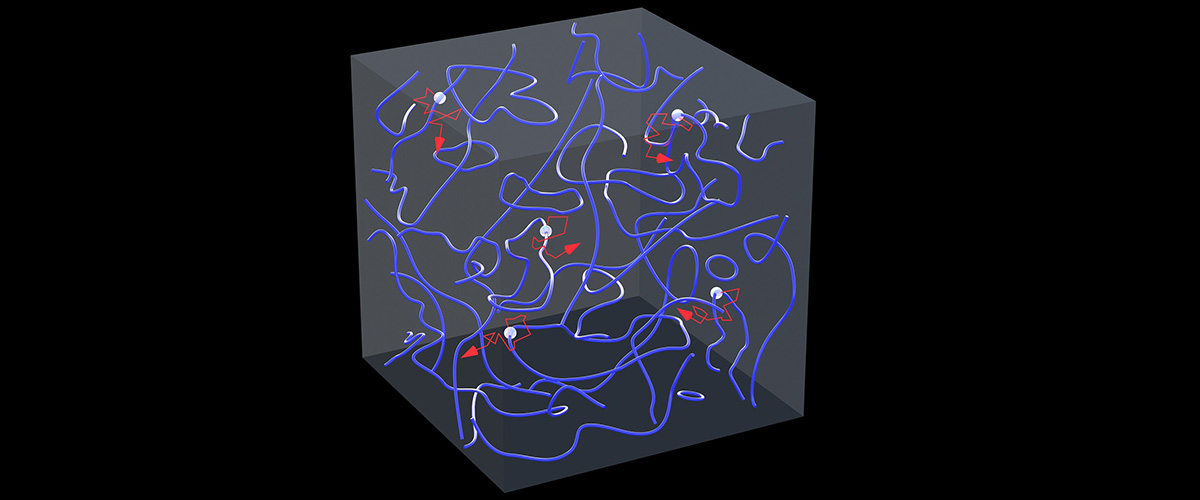
April 22, 2021
MagLab researchers visualized vortex tubes in a quantum fluid, findings that could help scientists better understand turbulence in quantum fluids, sup…
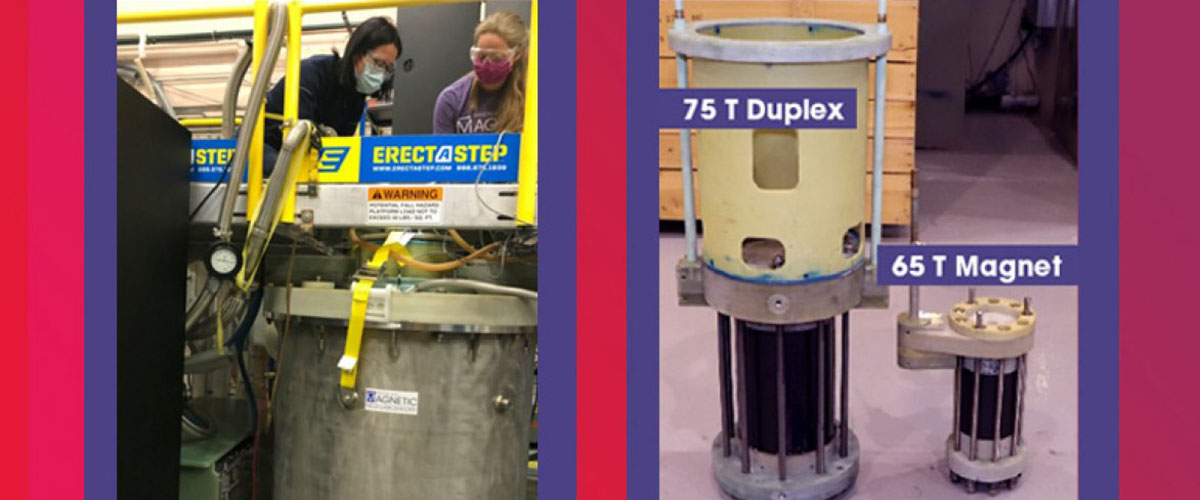
April 21, 2021
The experiment is the first to use the new duplex magnet at the National MagLab's Pulsed Field Facility at Los Alamos.
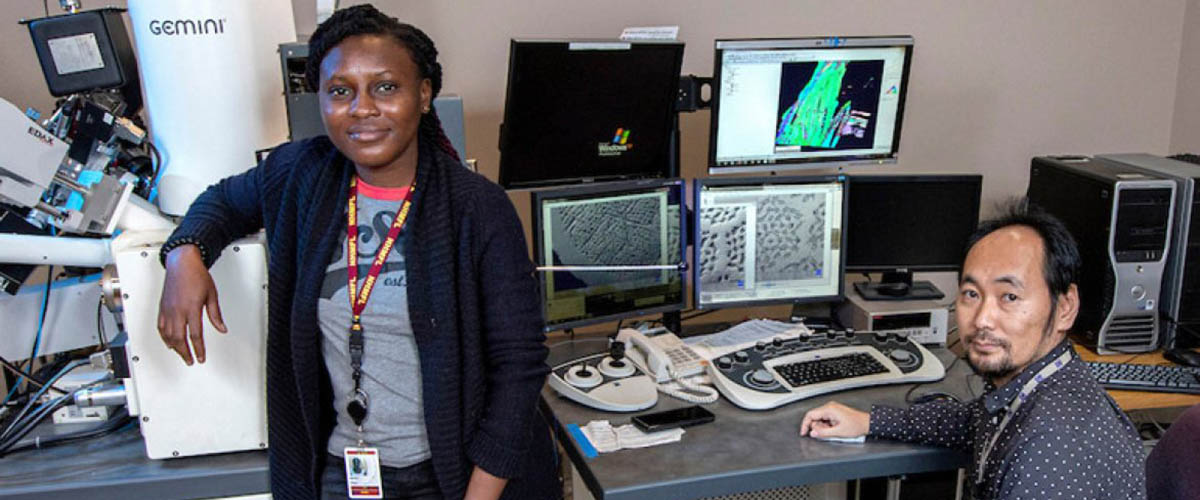
April 19, 2021
New research to understand how processing impacts bismuth-based superconducting wires could help power future magnets or particle accelerators.
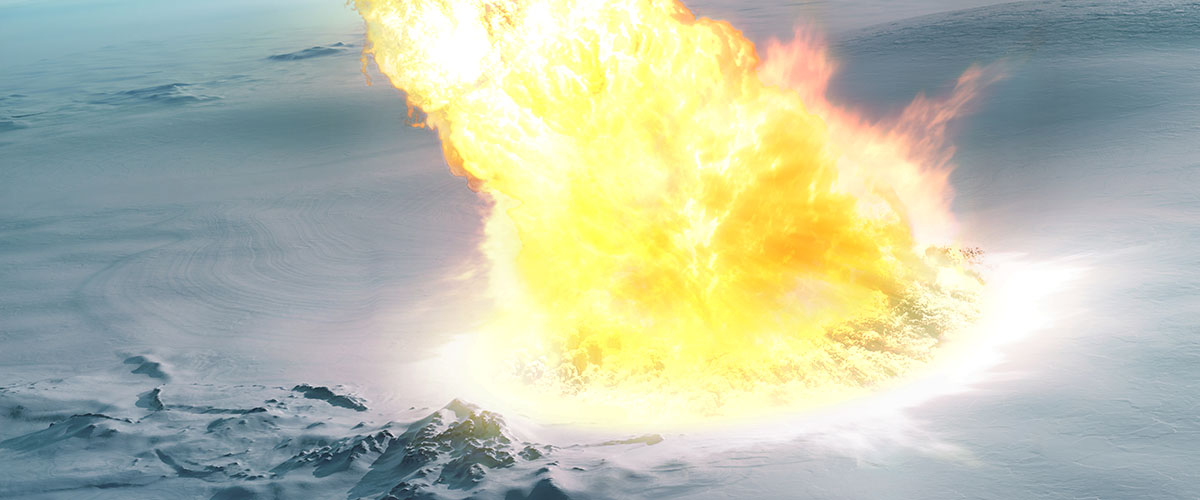
April 01, 2021
Evidence indicates that this Antarctic airburst is the largest known airburst ever.

March 29, 2021
Made with high-temperature superconductors, the National MagLab's newest instrument offers researchers strength and stability to explore quantum mater…
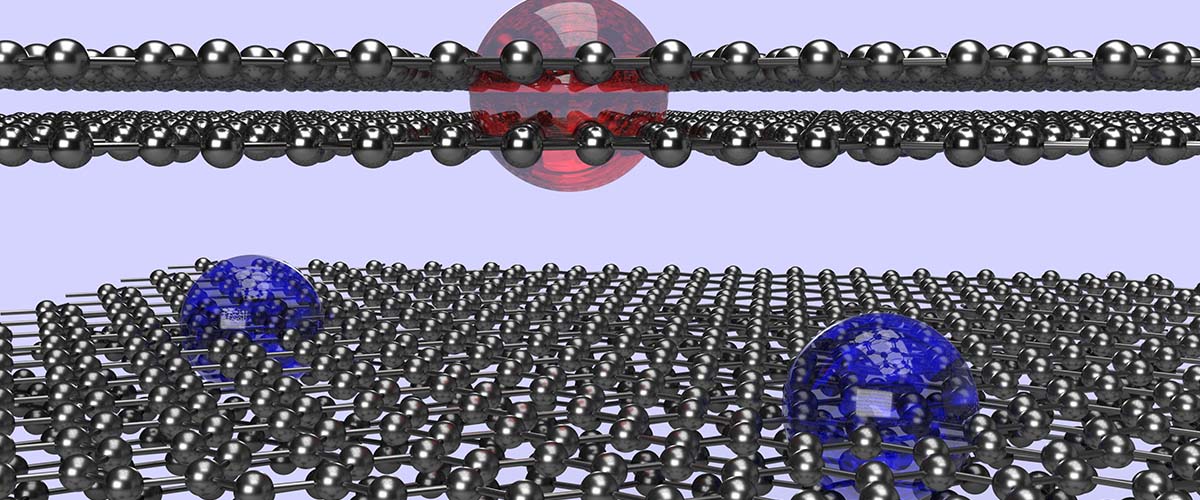
March 23, 2021
A story of synergistic science showcases how theory and experimental research teamed up to yield first direct evidence of the nature of superconductiv…
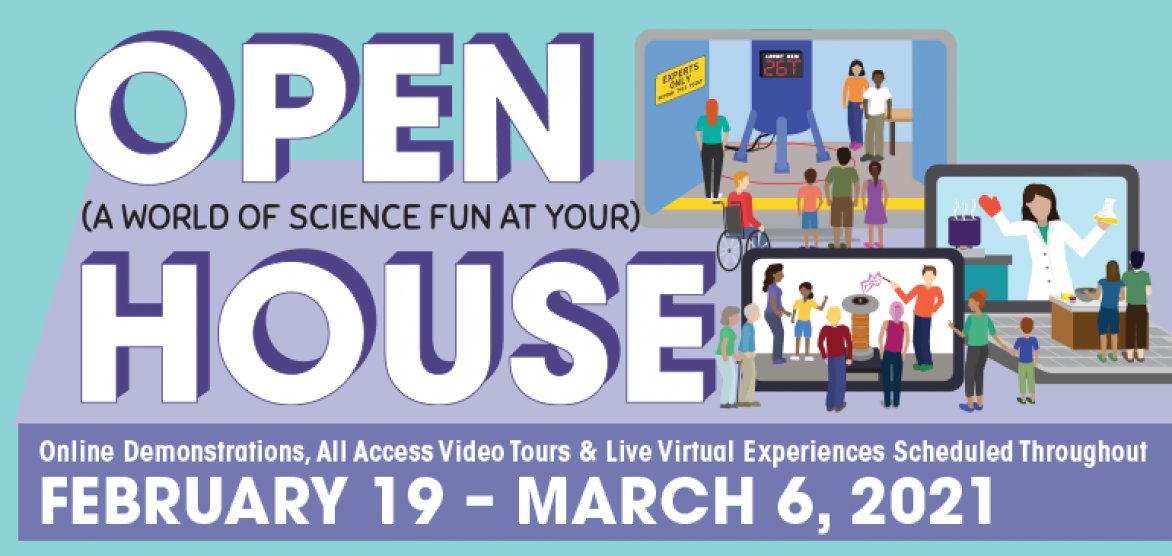
February 17, 2021
The science fun moves online with live virtual sessions, video demos, all-access virtual tours and online games.
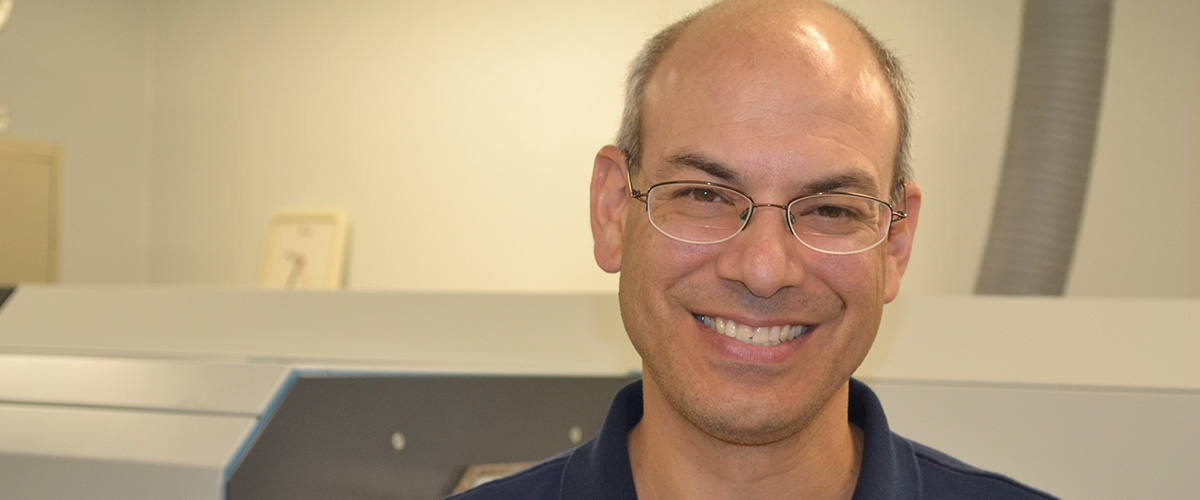
February 10, 2021
New research finds evidence that Earth's water originated in asteroids.
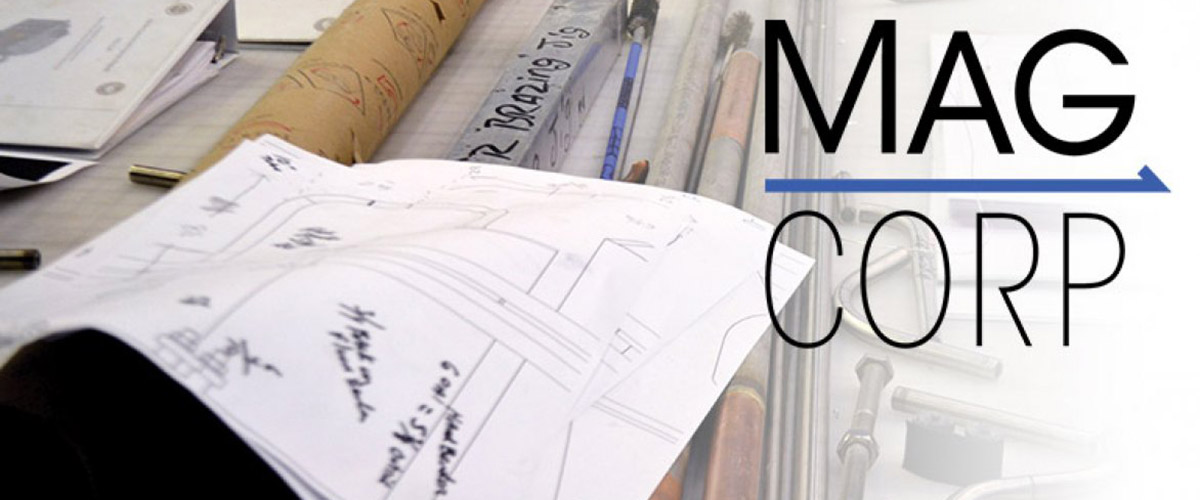
January 20, 2021
Tallahassee Company MagCorp to Partner with National MagLab.
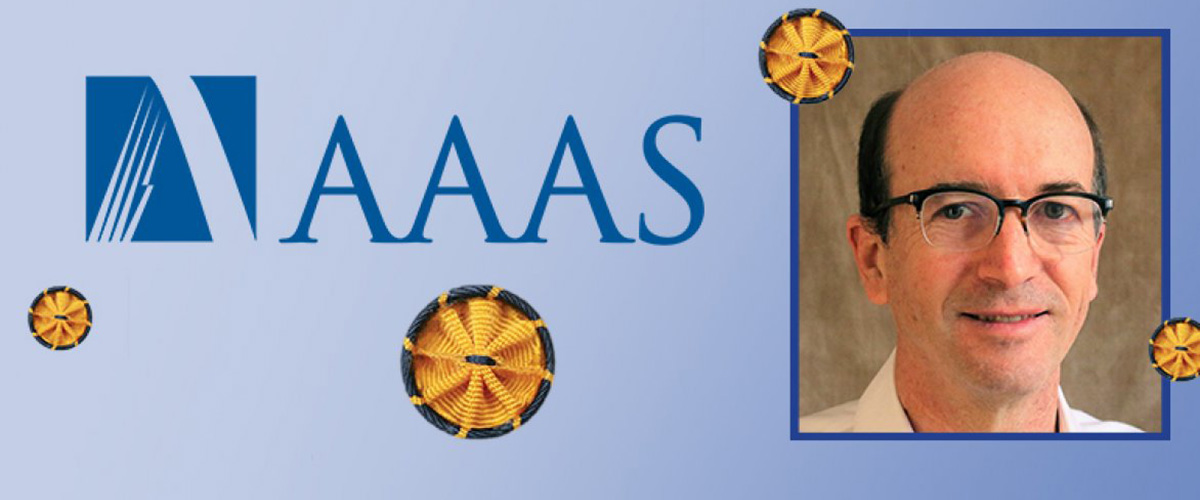
December 04, 2020
Marcelo Jaime recognized for his contributions to experimental physics in high magnetic fields.
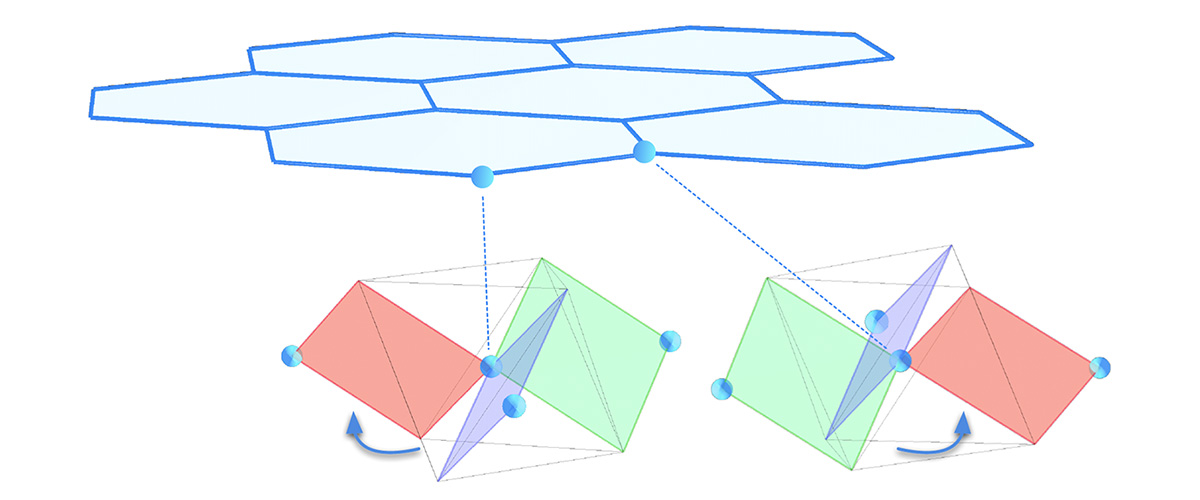
October 05, 2020
A new experimental technique allowed physicists to precisely probe the electron spins of an intriguing compound and uncover unexpected behavior.
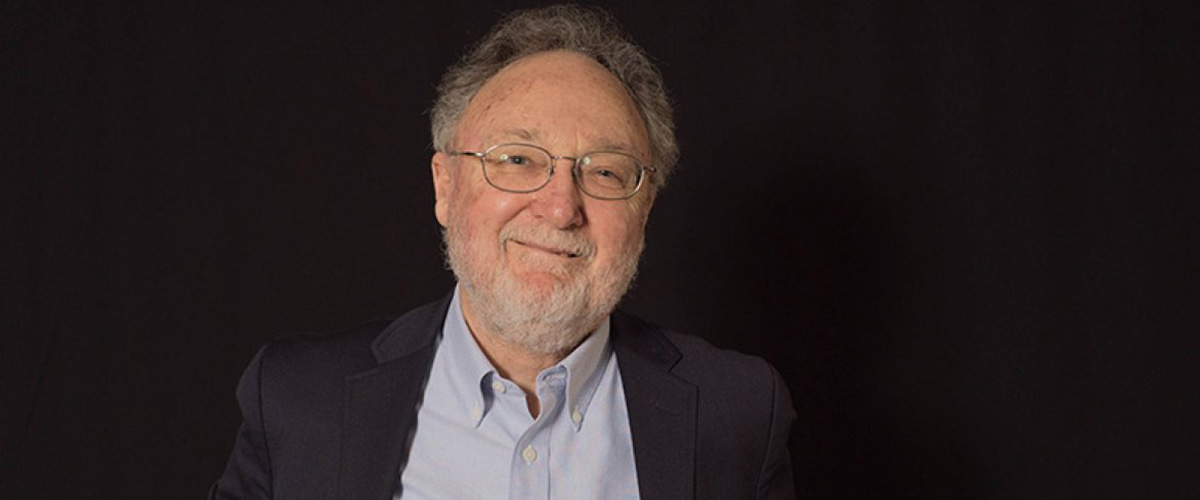
September 22, 2020
David Larbalestier is the first Florida State faculty member ever to receive the honor.

September 21, 2020
Research on MagLab science camp yields a framework for better understanding how to encourage girls and underrepresented minorities in STEM's most male…
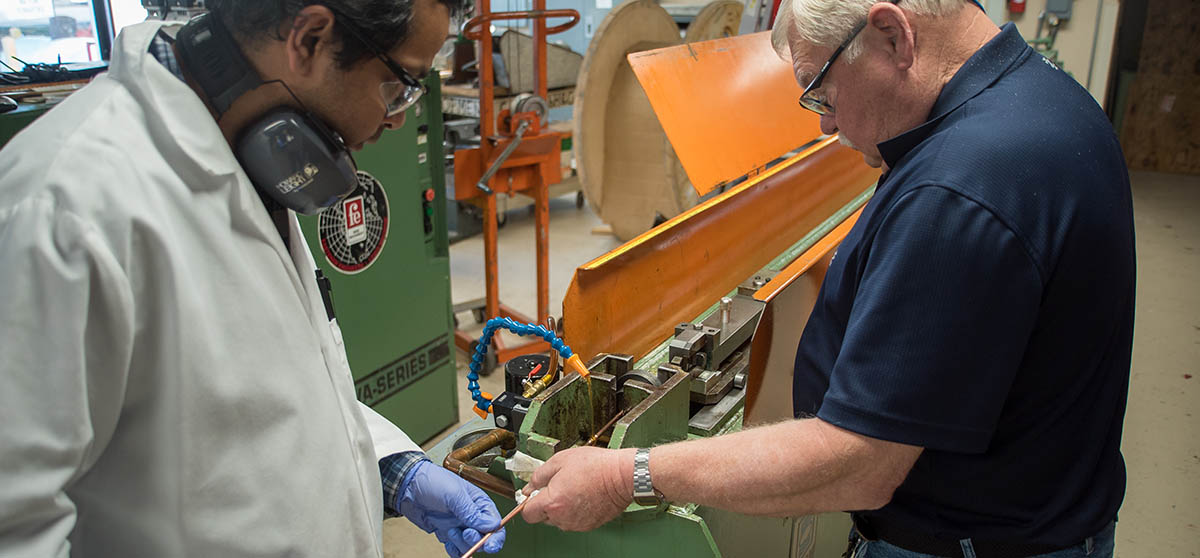
July 17, 2020
Grant from the U.S. Department of Energy will further research that will help make the next generation of high-energy particle accelerators.
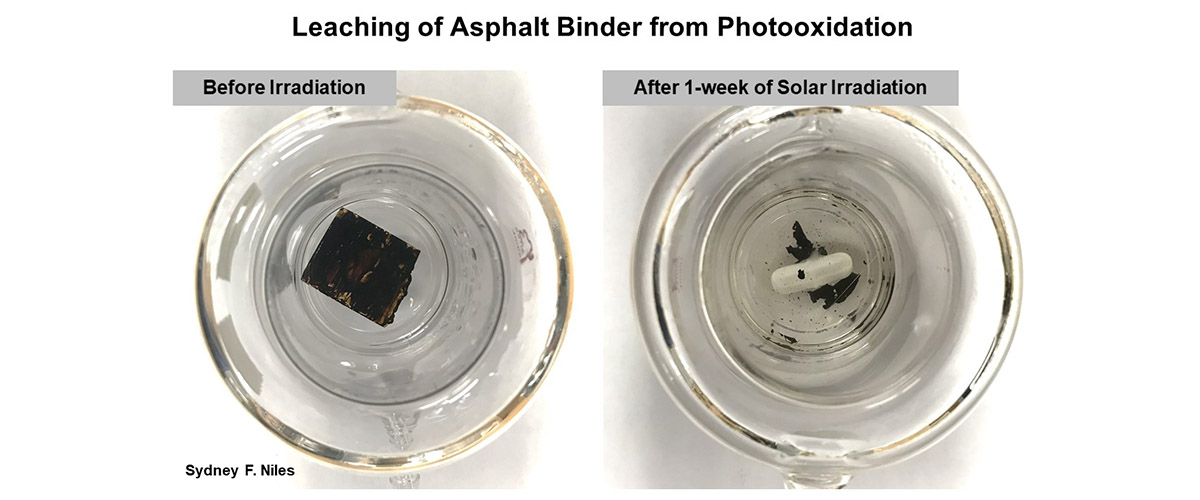
July 13, 2020
MagLab researchers show that exposure to sun and water causes thousands of chemicals to leach from roads into the environment.
July 06, 2020
Columbia researchers first to discover a quantum fluid—fractional quantum Hall states, one of the most delicate phases of matter—in a monolayer 2D sem…
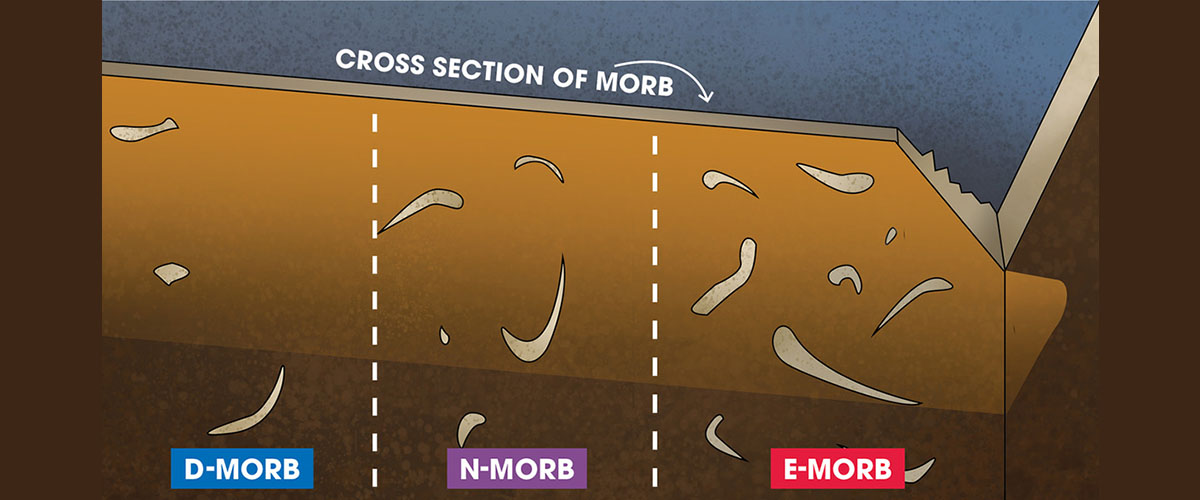
June 26, 2020
Using a novel technique, researchers uncover secrets hidden deep below the surface of our planet.
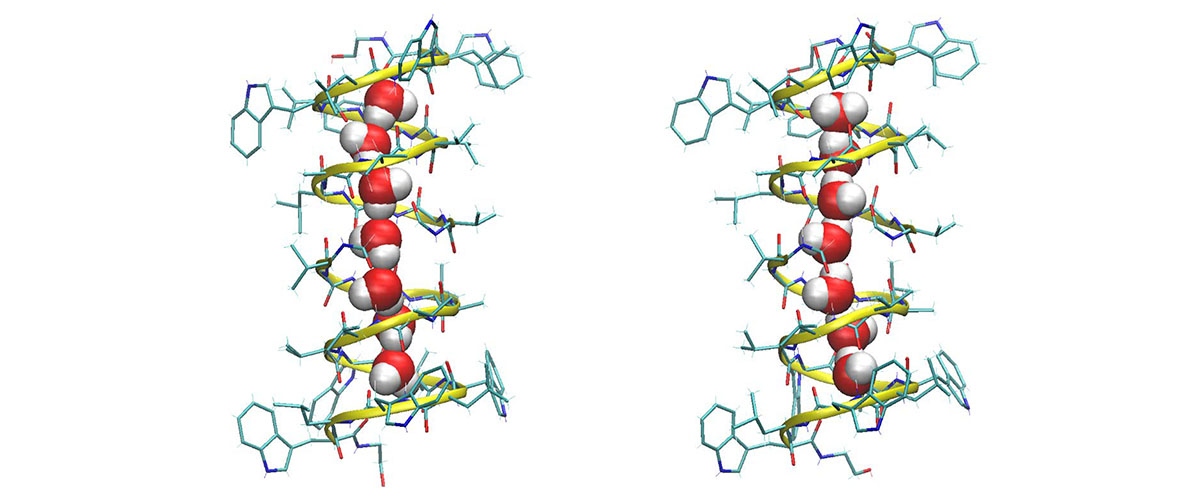
May 15, 2020
New insights challenge current understanding of how ion transport through some cell membranes works.

May 14, 2020
As head of nuclear magnetic resonance at the MagLab's Tallahassee headquarters, Rob Schurko hopes to expand capabilities and build new magnets.

March 30, 2020
A model predicts that, unlike the eddies found in classical fluids, a corkscrew-shaped structure transfers rotation from one drop of quantum fluid to …

March 16, 2020
The successful test of concept shows that the novel design, using a high-temperature superconductor, could help power tomorrow's particle accelerators…
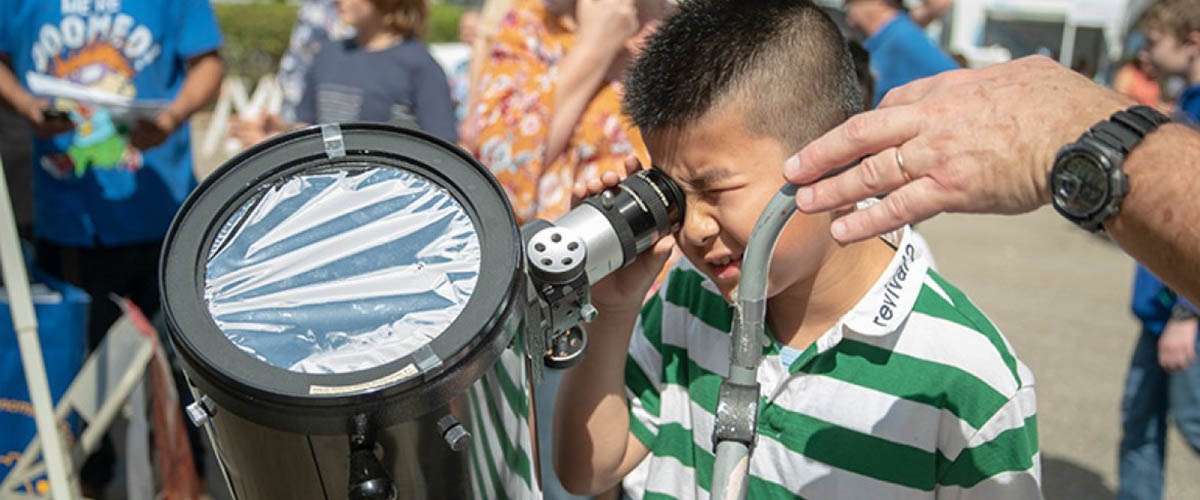
February 14, 2020
On Feb. 22, the lab opens its doors once again, inviting science lovers of all ages to do hands-on activities related to space, time and all things fu…
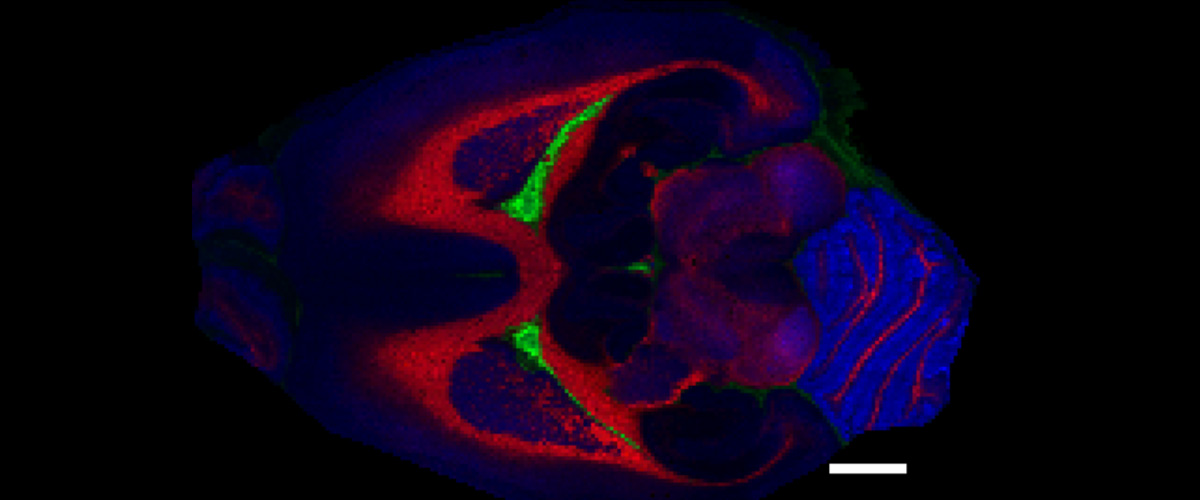
January 23, 2020
Enabled by a world-record instrument, the images convey vast amounts of data that could be useful in health and pharmaceutical research.
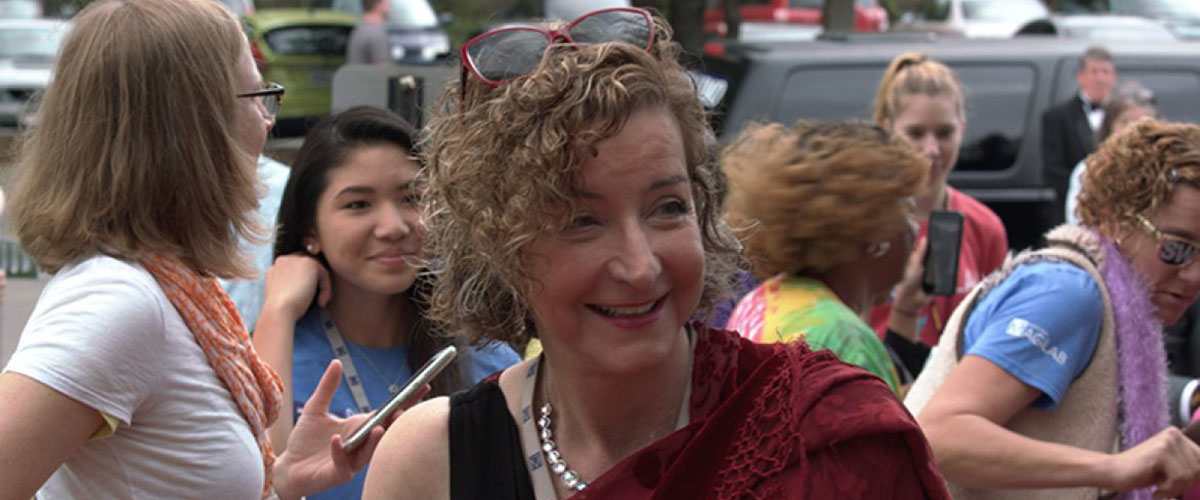
October 24, 2019
MagLab Chief Scientist Laura Greene recognized by the Tallahassee Scientific Society for her exemplary career achievements in science and contribution…
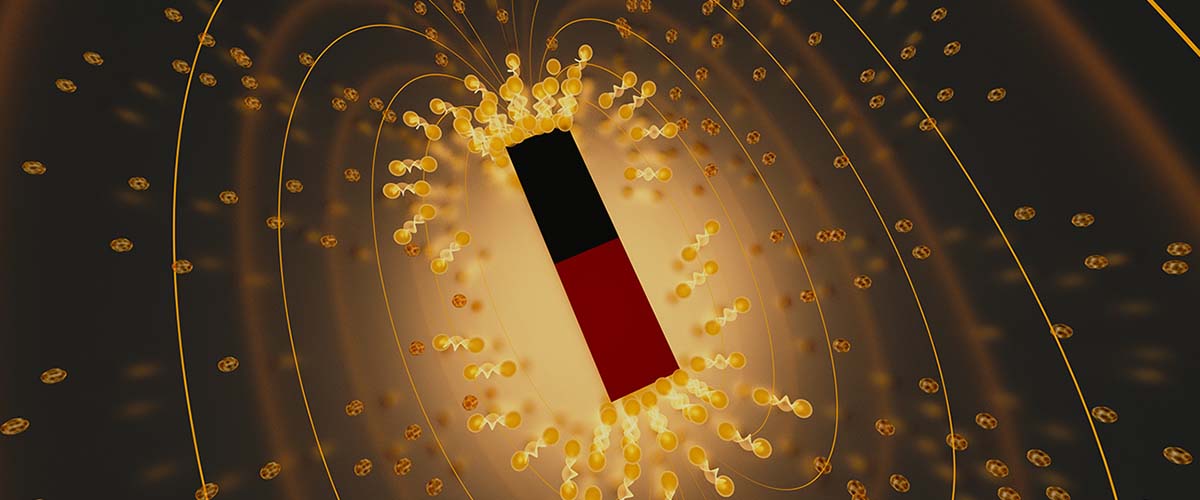
October 07, 2019
In a uranium-based compound once dismissed as boring, scientists watched superconductivity arise, perish, then return to life under the influence of h…
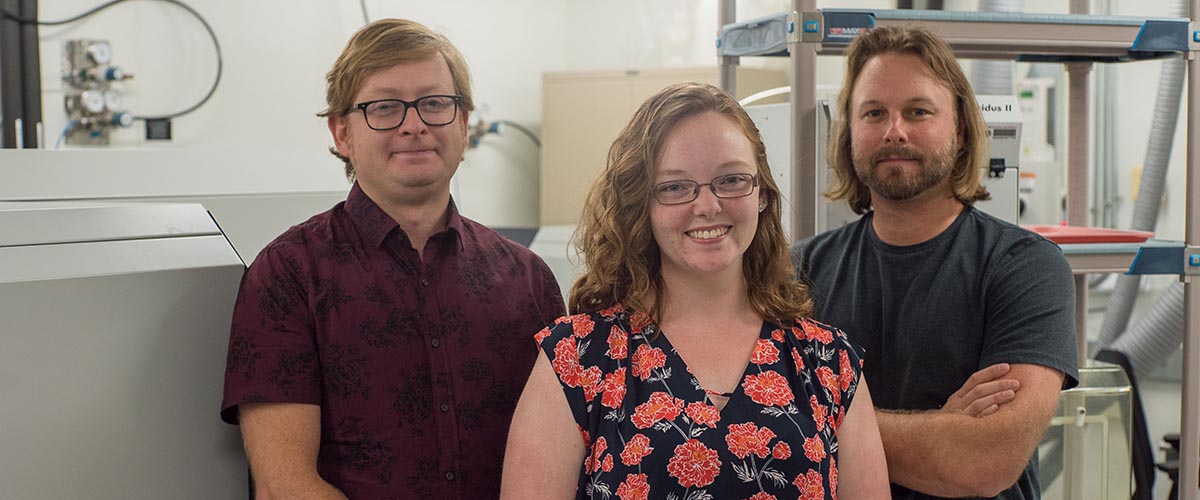
August 30, 2019
New study resolves a longstanding paleoclimate mystery.

August 21, 2019
Rising from his post as deputy director, Mark Meisel plans to introduce new instruments and techniques to the facility.
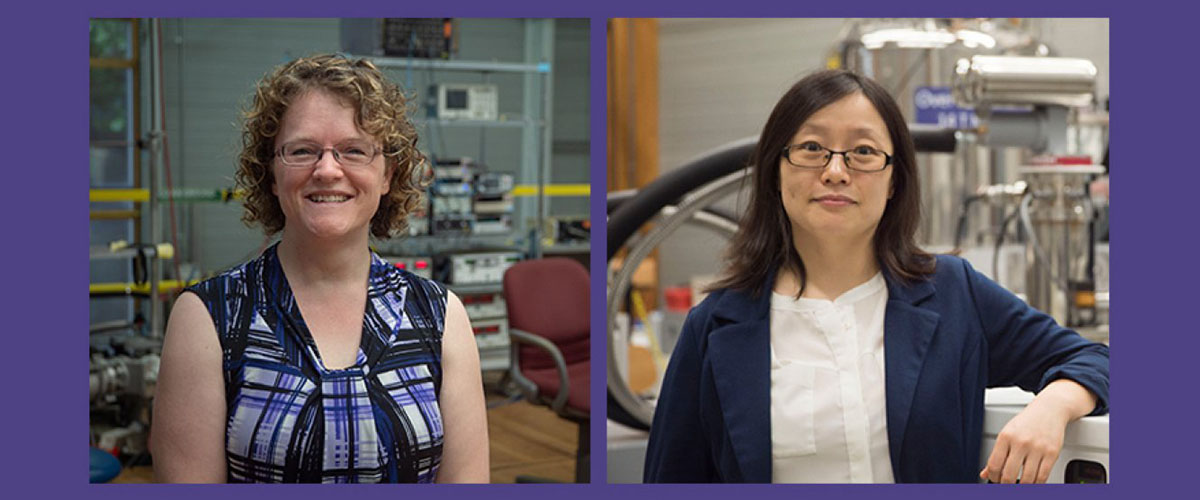
July 22, 2019
Physicist Christianne Beekman and chemist Yan-Yan Hu have been recognized as outstanding early-career researchers by the National Science Foundation.
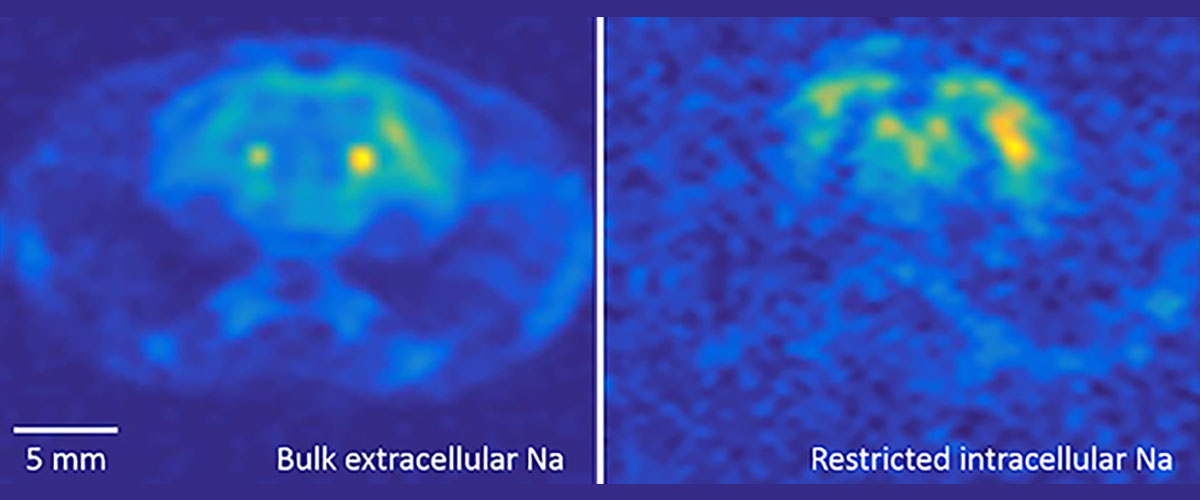
July 19, 2019
Researchers at the National MagLab will study the role sodium plays in this painful disease and test treatments that could offer relief.

July 12, 2019
Researchers see promise in a cheaper, safer alternative to lithium batteries.
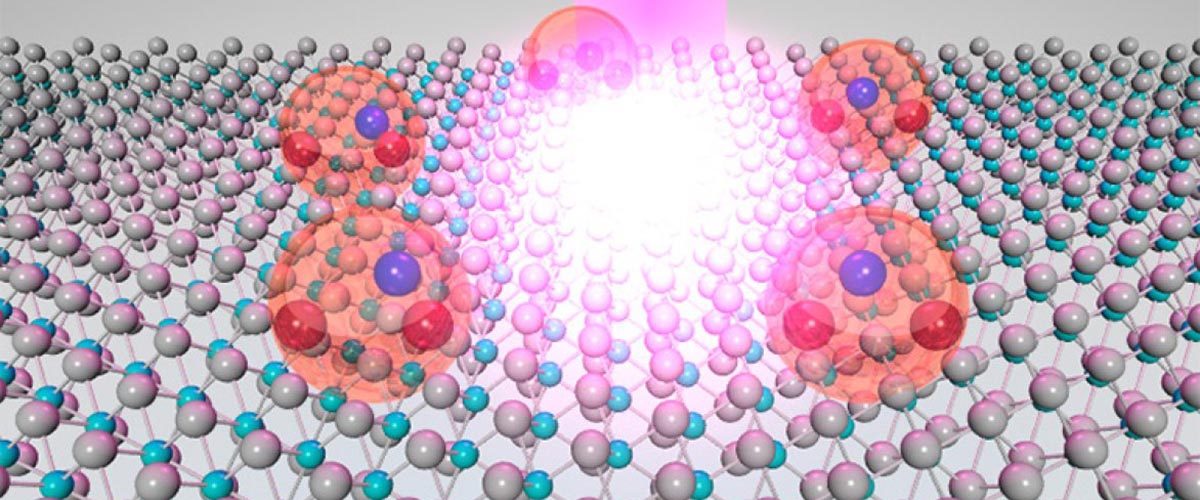
July 10, 2019
Move aside, electrons; it's time to make way for the trion.
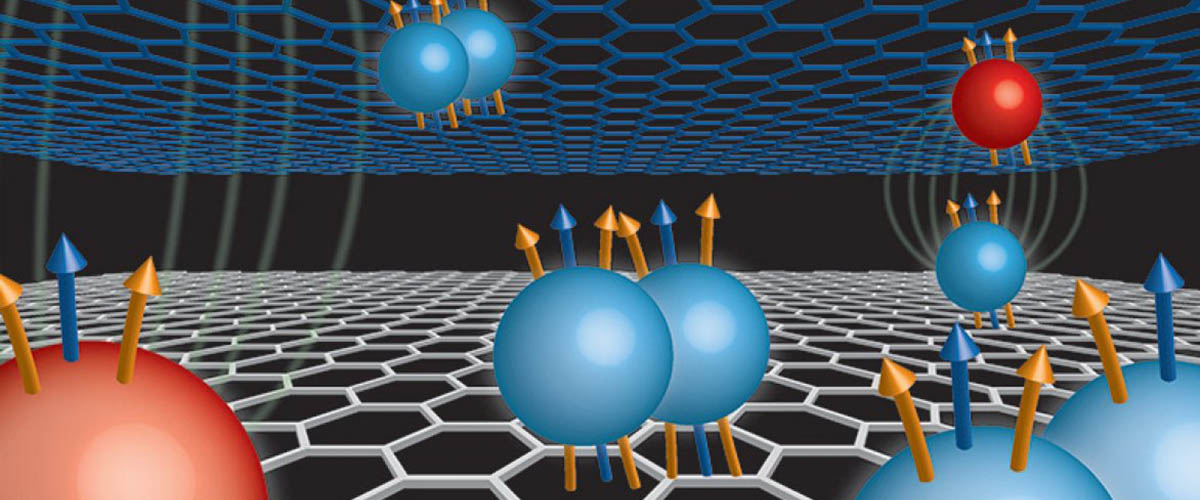
June 25, 2019
A new study reveals a suite of quantum Hall states that have not been seen previously, shedding new light on the nature of electron interactions in qu…
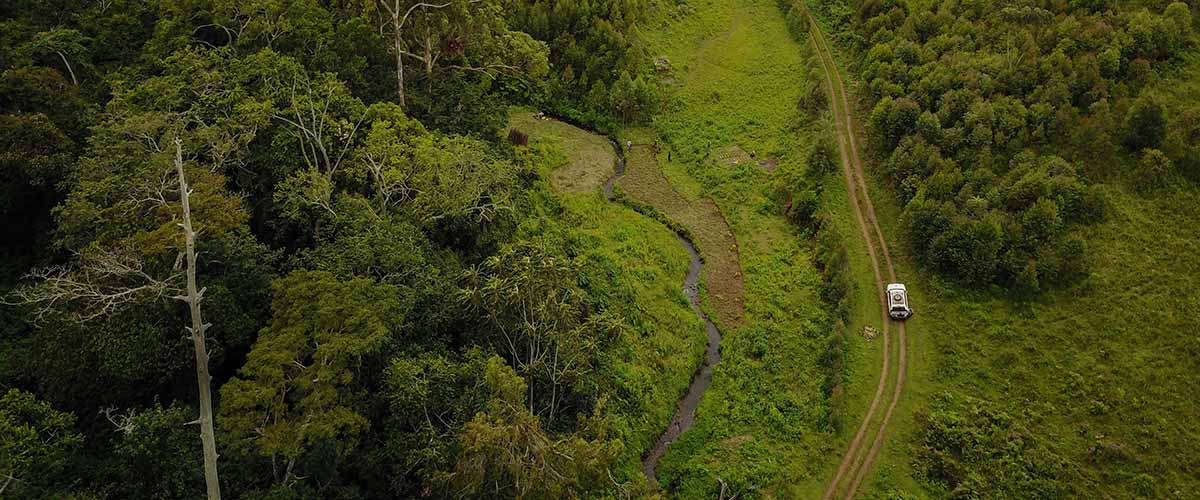
June 24, 2019
Using powerful instruments at the National MagLab, scientists discovered that older dissolved organics from deforested areas were more energy-rich, an…

June 18, 2019
Emergence of unusual metallic state supports role of "charge stripes" in formation of charge-carrier pairs essential to resistance-free flow of electr…
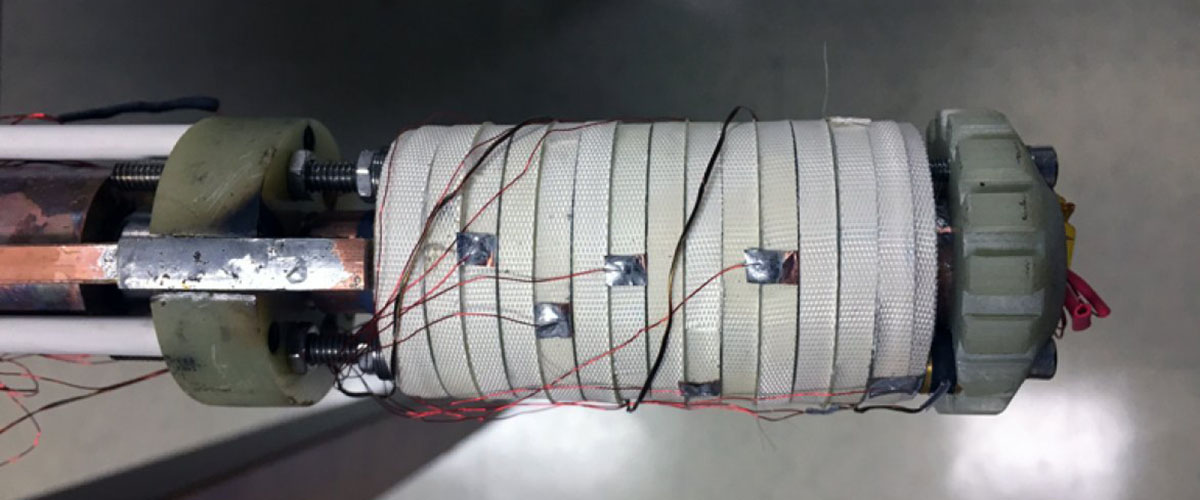
June 12, 2019
The compact coil could lead to a new generation of magnets for biomedical research, nuclear fusion reactors and many applications in between.
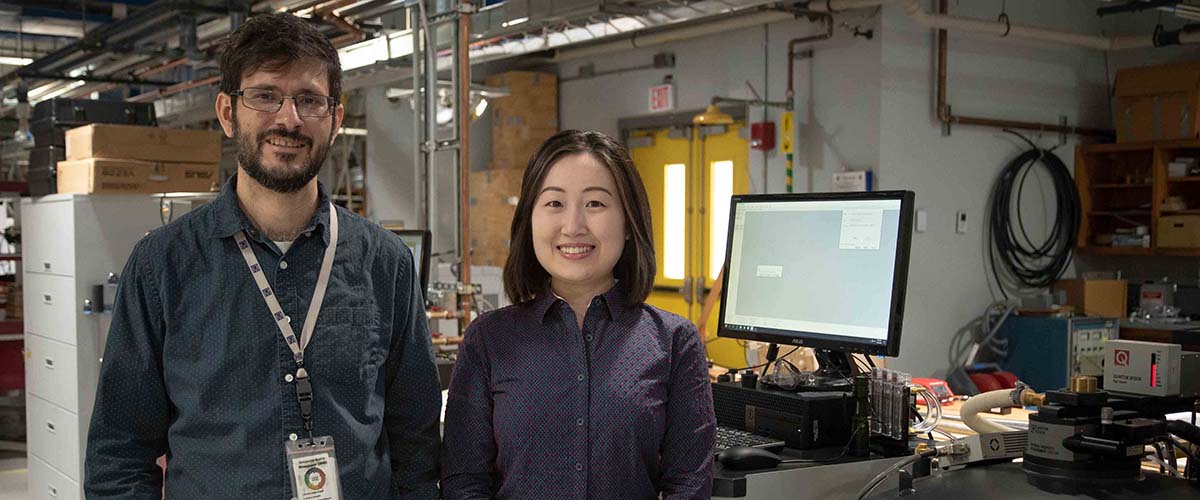
May 31, 2019
In a crystalline structure that locks a heavy atom in a metal cage, scientists find a key to materials that can turn heat into electricity, and vice v…
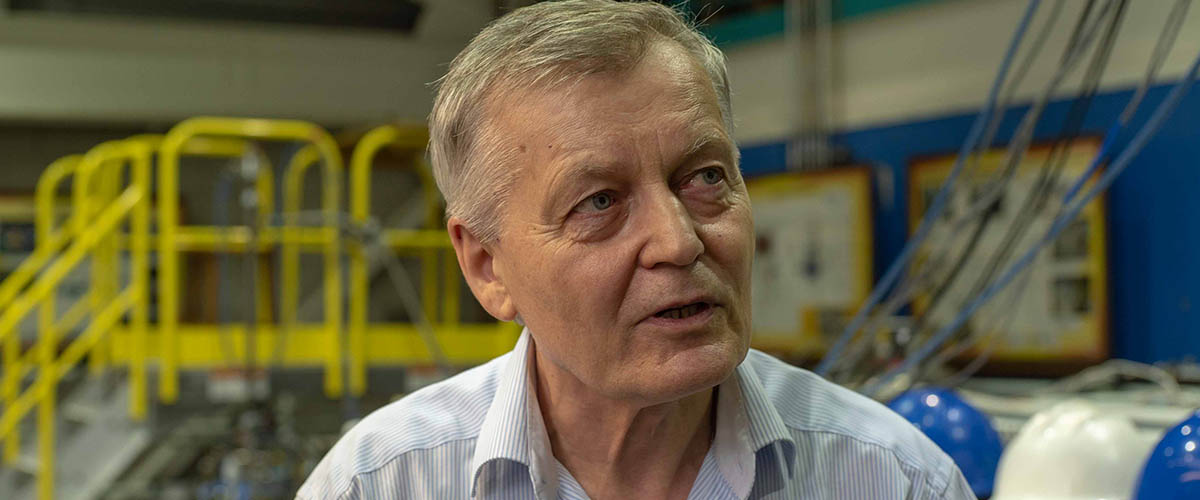
May 22, 2019
In a hydrogen-packed compound squeezed to ultra-high pressures, scientists have observed electrical current with zero resistance tantalizingly close t…
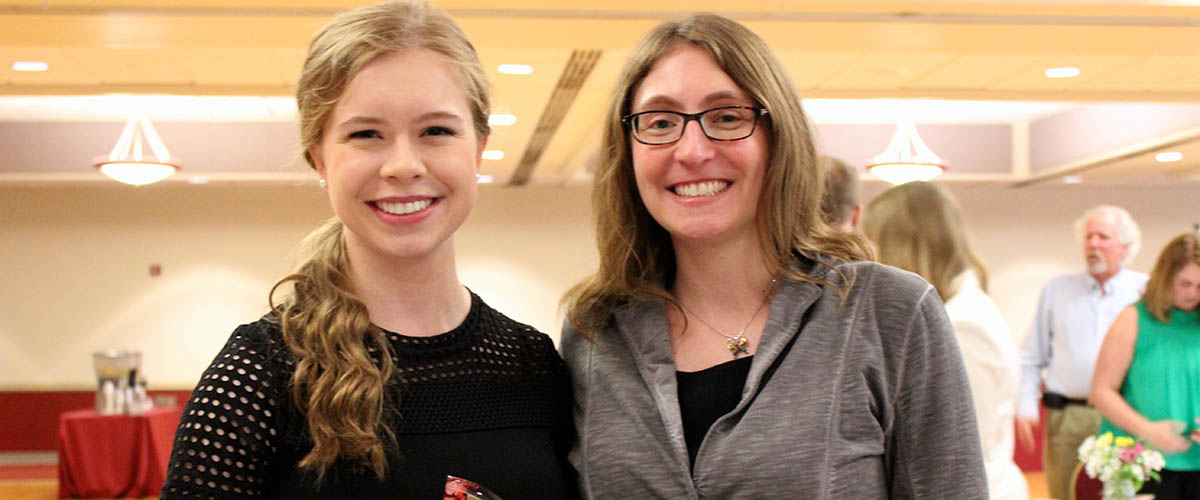
April 11, 2019
A young computer programmer was surprised by not one, but two awards for building systems crucial to running the lab's magnets.
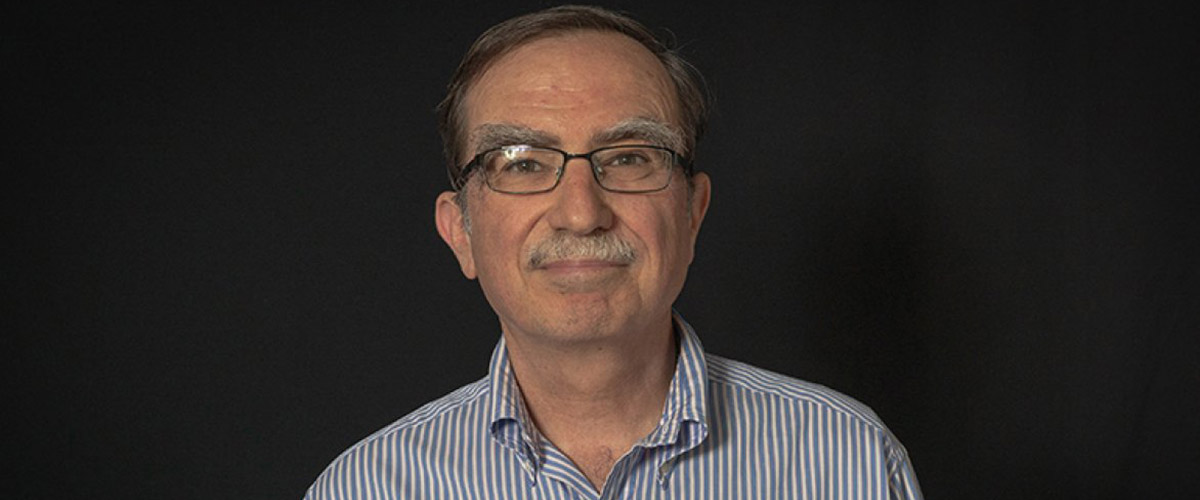
April 09, 2019
Lab veteran Tim Cross has been named 2019-2020 Lawton Distinguished Professor by his peers.
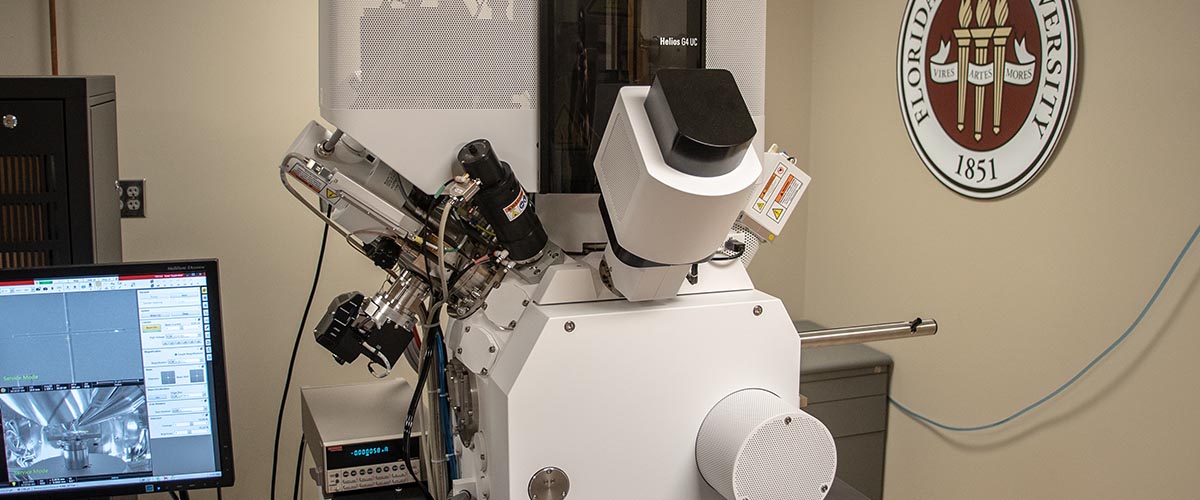
March 28, 2019
State-of-the-art instrument will be used in materials and next-generation magnet research.

March 28, 2019
Findings clarify the role of sodium increase early in migraines and point to the region where symptoms may start.
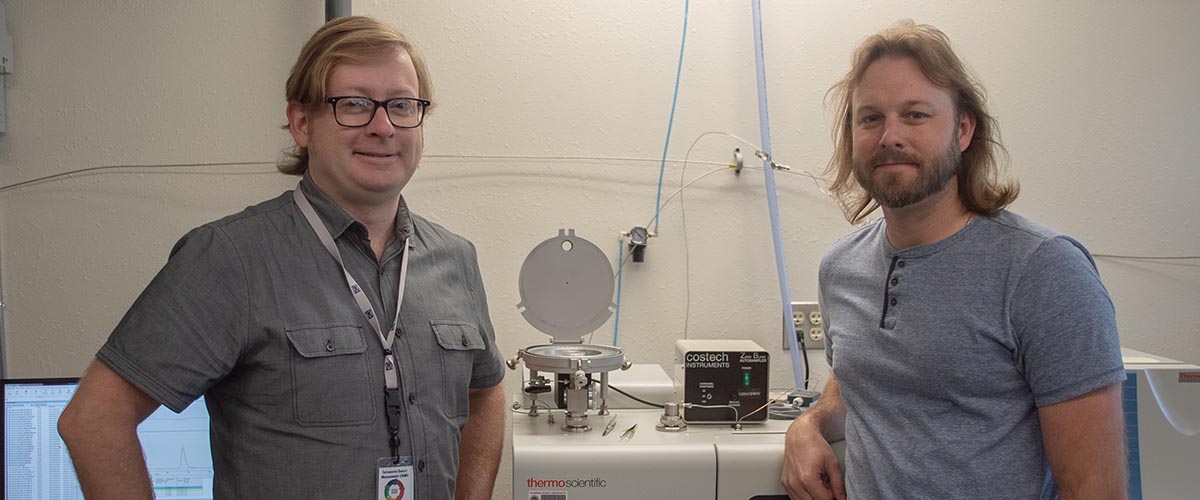
March 27, 2019
In findings that could shed light on current climate changes, researchers find conclusive evidence linking rising sea levels and lowering oxygen level…
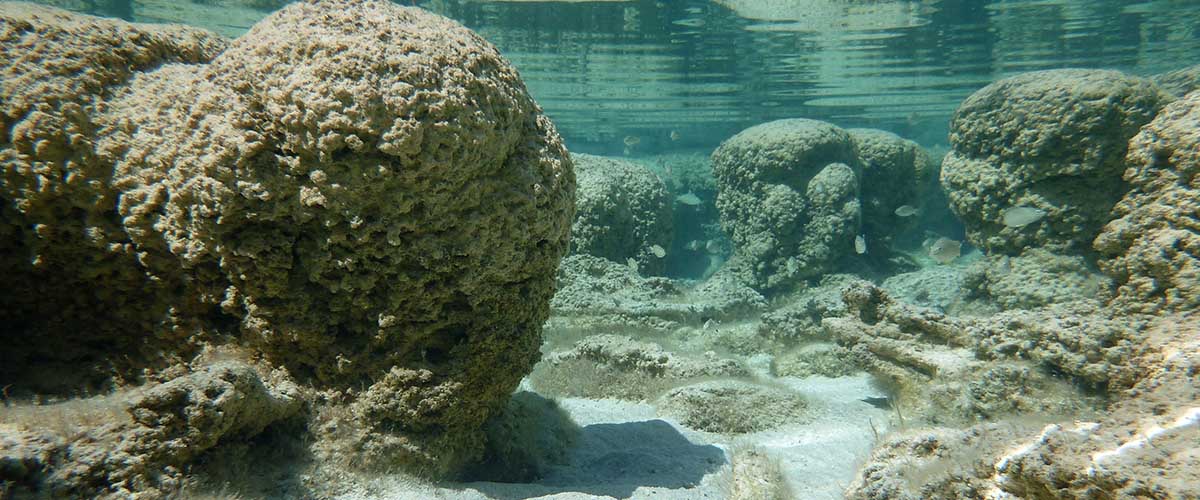
February 25, 2019
MagLab data provide compelling evidence that extensive oxygenation took place in the ocean millions of years before the atmosphere’s “Great Oxidation …
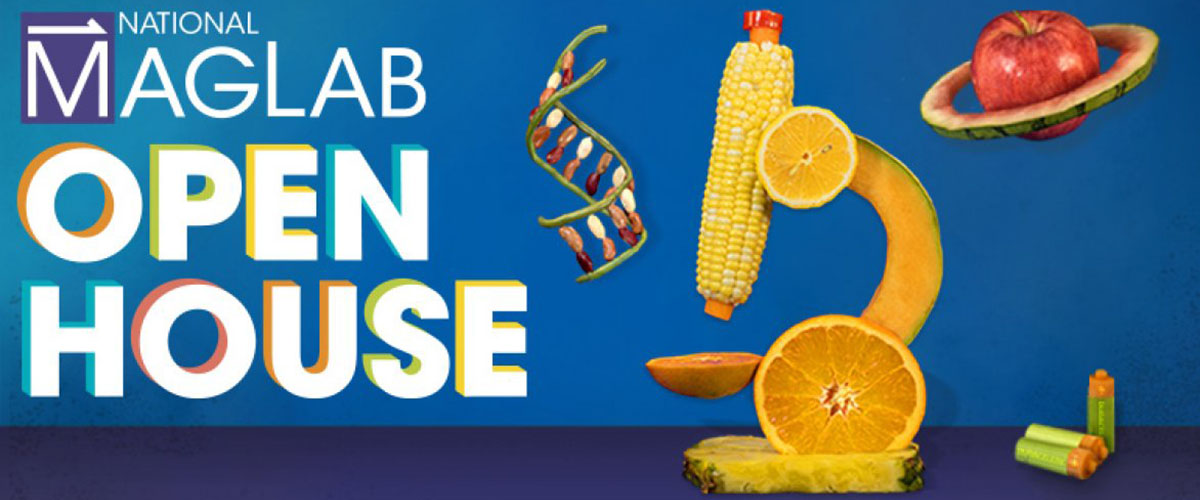
February 14, 2019
Lab to serve up heaping portions of science at food-themed Open House on Feb. 23.
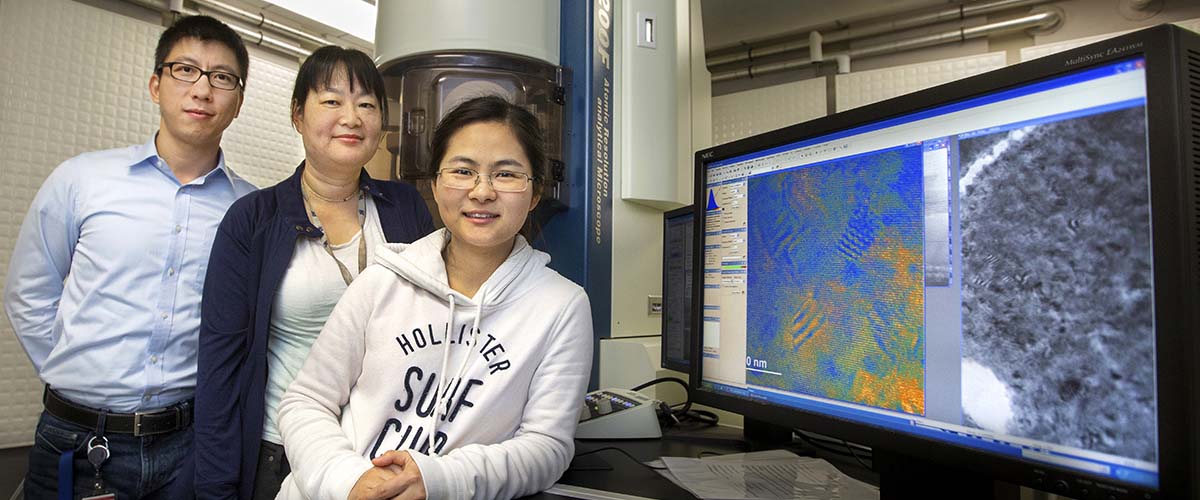
February 11, 2019
Promising technique could be used to turn light into electricity and electricity into light.

January 24, 2019
With a twist and a squeeze, researchers discover a new method to manipulate the electrical conductivity of this game-changing "wonder material."

January 22, 2019
Findings that “go against the textbooks” may improve biofuel production.
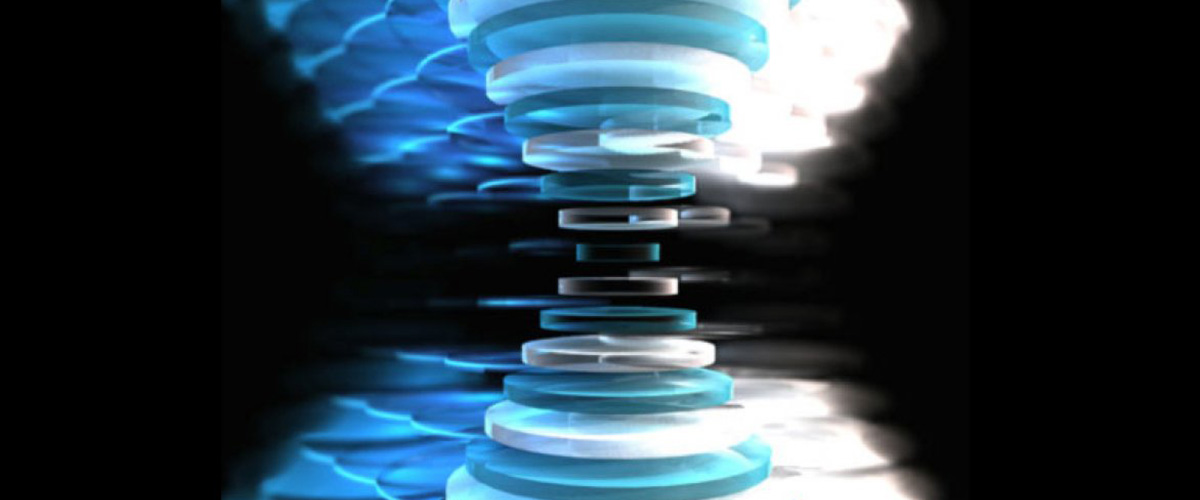
January 07, 2019
Ultrafast manipulation of material properties with light could stimulate the development of novel electronics, including quantum computers.
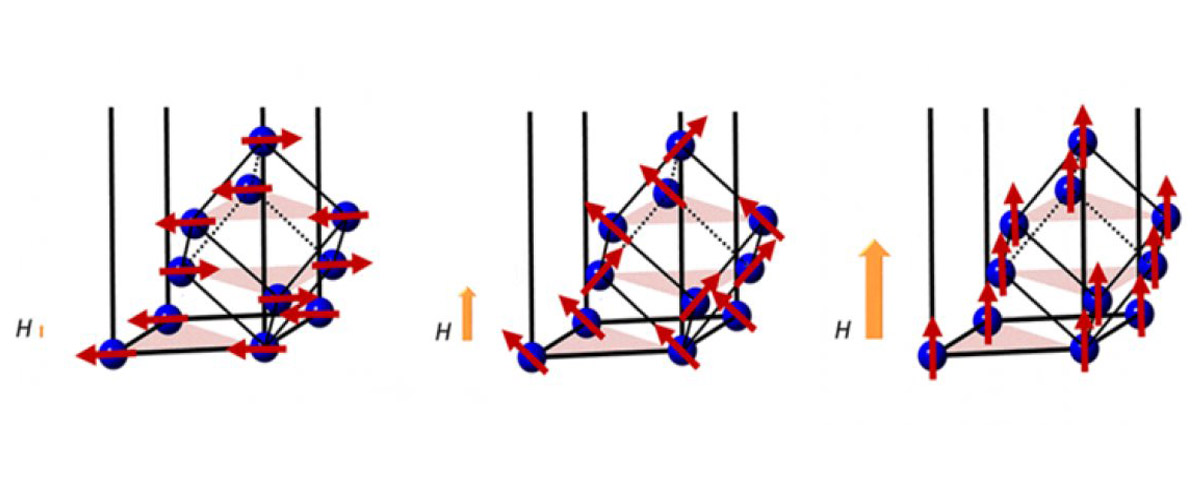
December 21, 2018
"Kondo metamagnet" is first in a family of eccentric quantum crystals
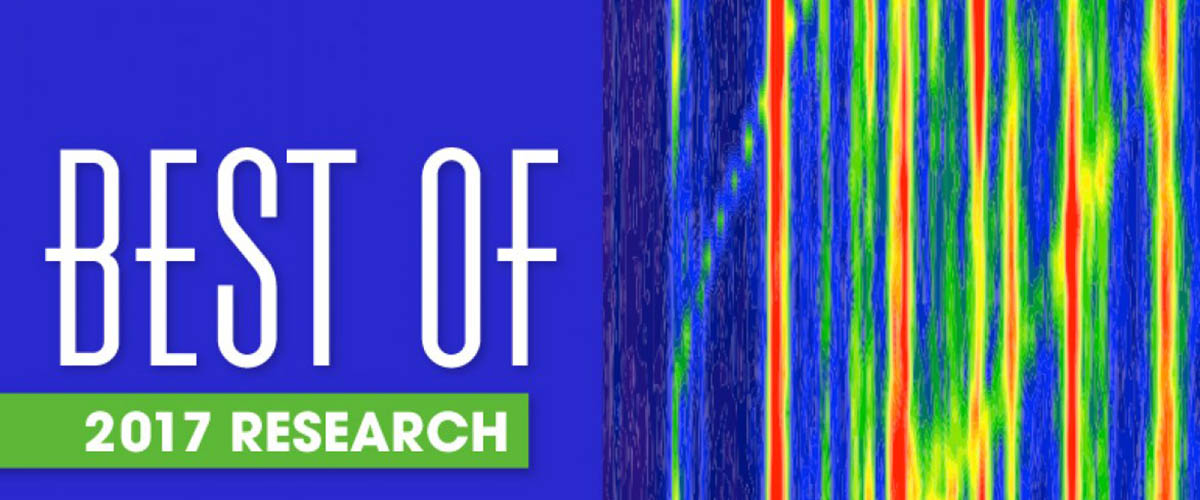
October 30, 2018
35 highlights out of 423 reports representing the best of life sciences, chemistry, magnet science and technology, and condensed matter physics.
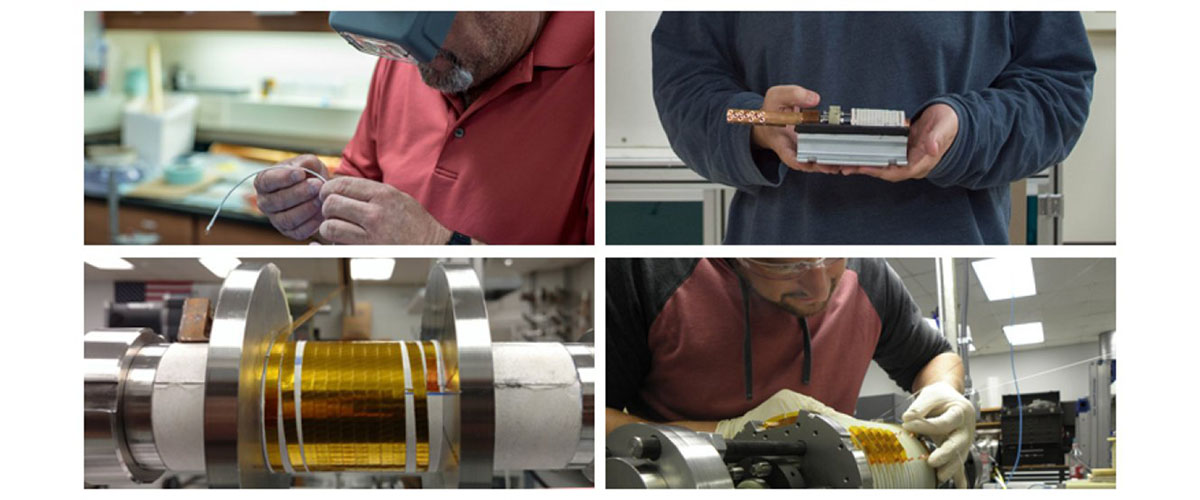
September 25, 2018
With funding from the National Science Foundation, scientists and engineers will determine the best way to build a new class of record-breaking instru…
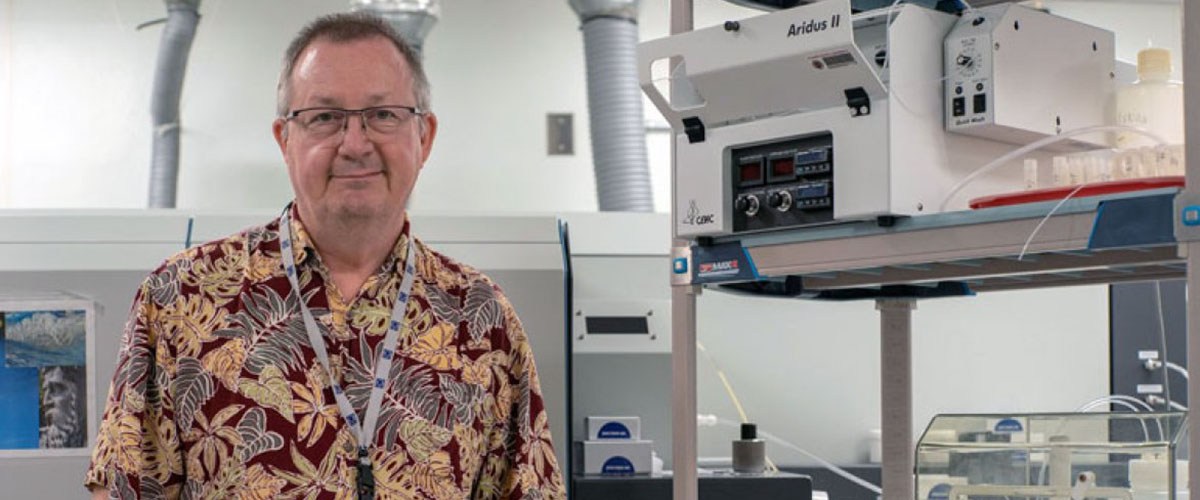
August 10, 2018
Vincent Salters joins the elite ranks of American Geophysical Union fellows.
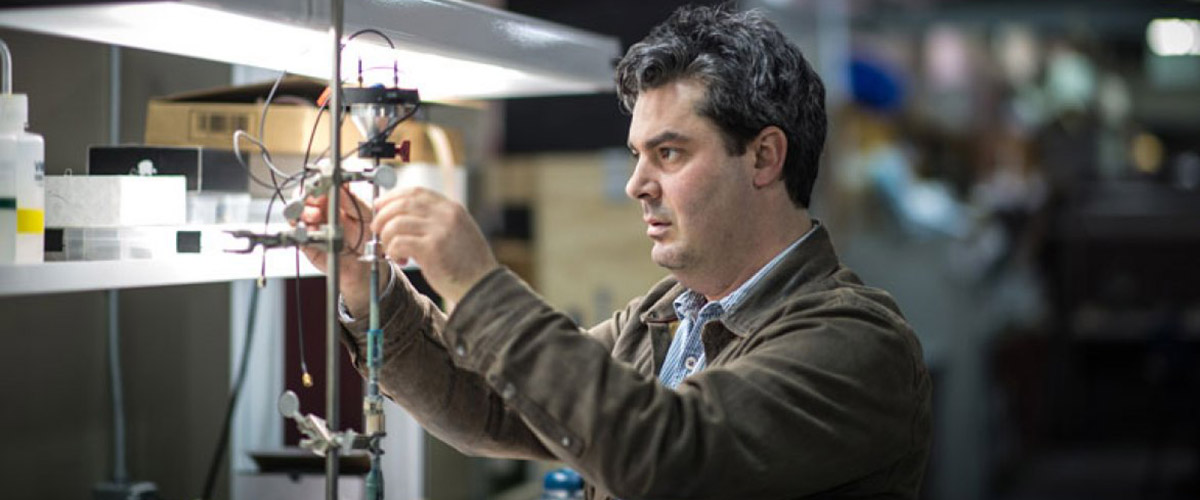
August 02, 2018
A material already known for its unique behavior is found to carry current in a way never before observed.
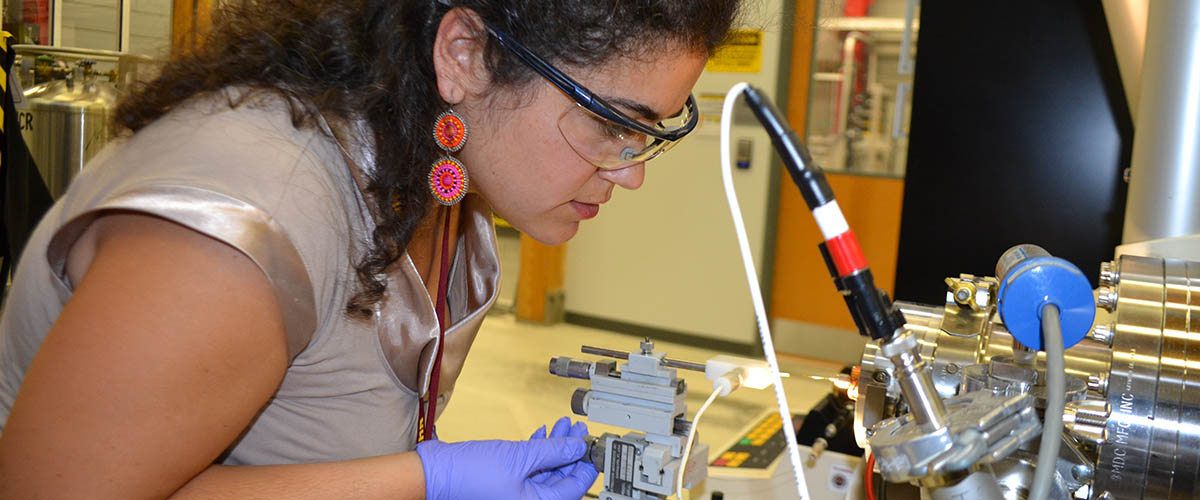
July 11, 2018
Using tools at the MagLab, scientists pinpoint pigments that are the oldest on record.
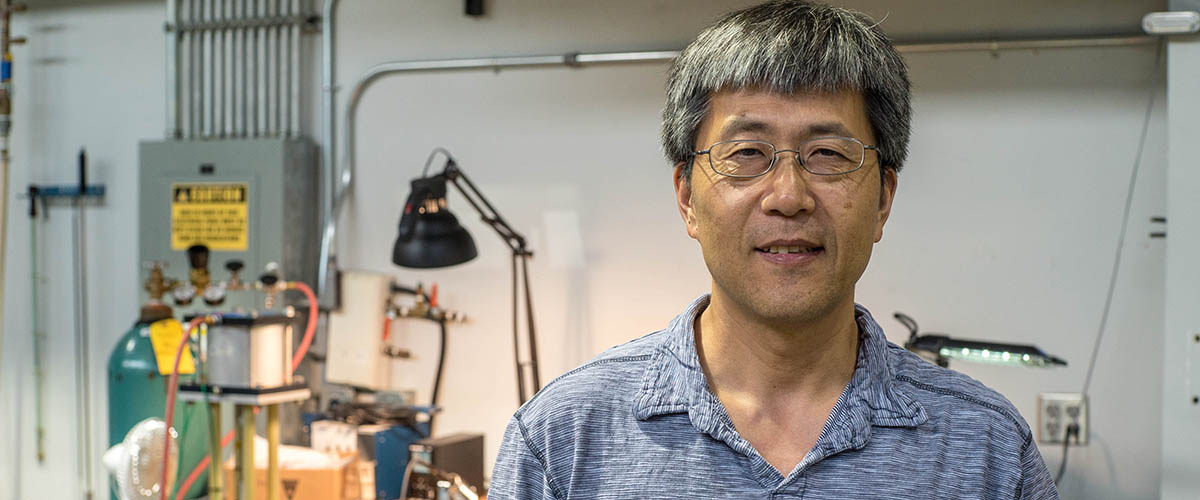
July 09, 2018
"GAP" award will help further breakthrough treatment system for next-generation superconducting magnets.

June 15, 2018
Lance Cooley brings cool plans for developing superconducting materials and magnets.
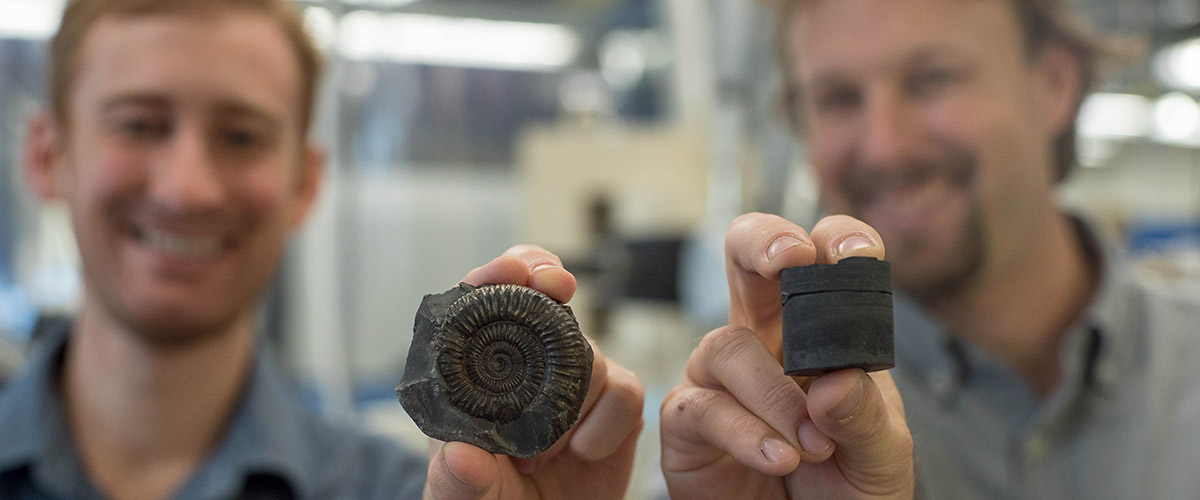
June 11, 2018
Volcanic activity, declining ocean oxygen triggered mass extinction of ancient marine organisms.

June 07, 2018
Martha Chacón-Patiño to jump-start collaboration that could advance both the treatment of cancer and the study of petroleum.
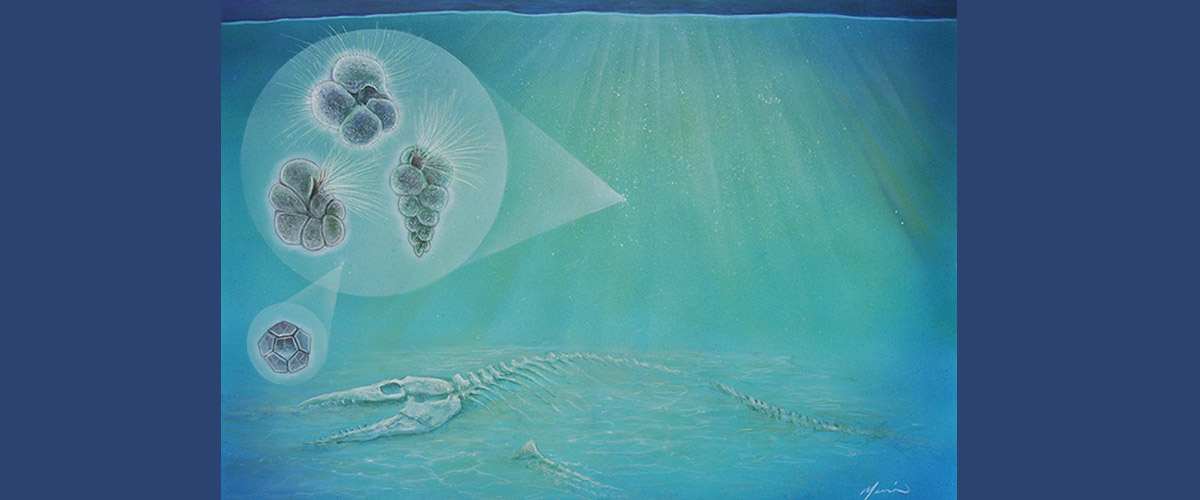
May 30, 2018
MagLab geochemist Jeremy Owens analyzed ancient fossils for the multi-institutional study published today in Nature.
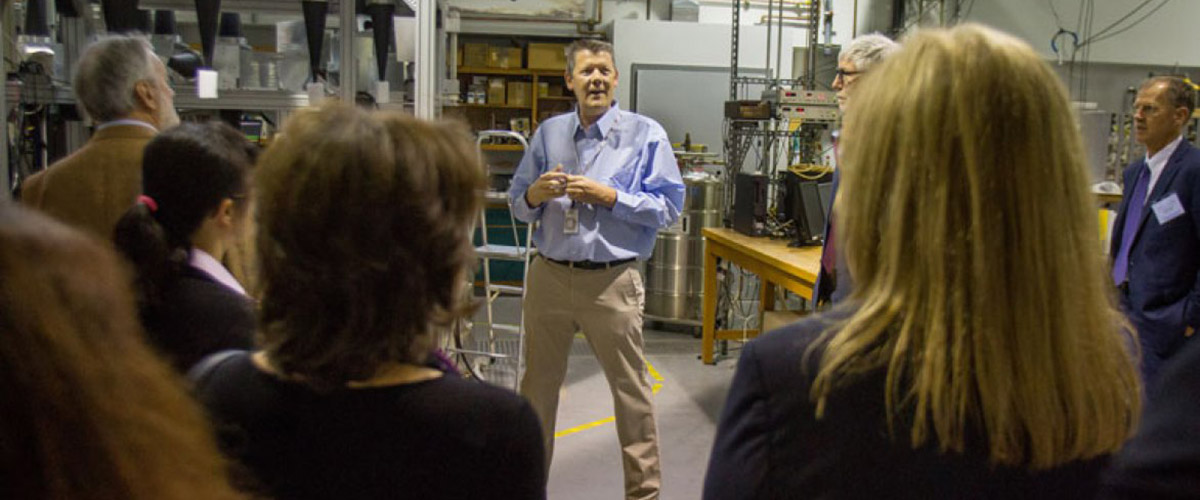
May 24, 2018
The visit marked the first time the Group of Senior Officials for Global Infrastructures has met in the United States.
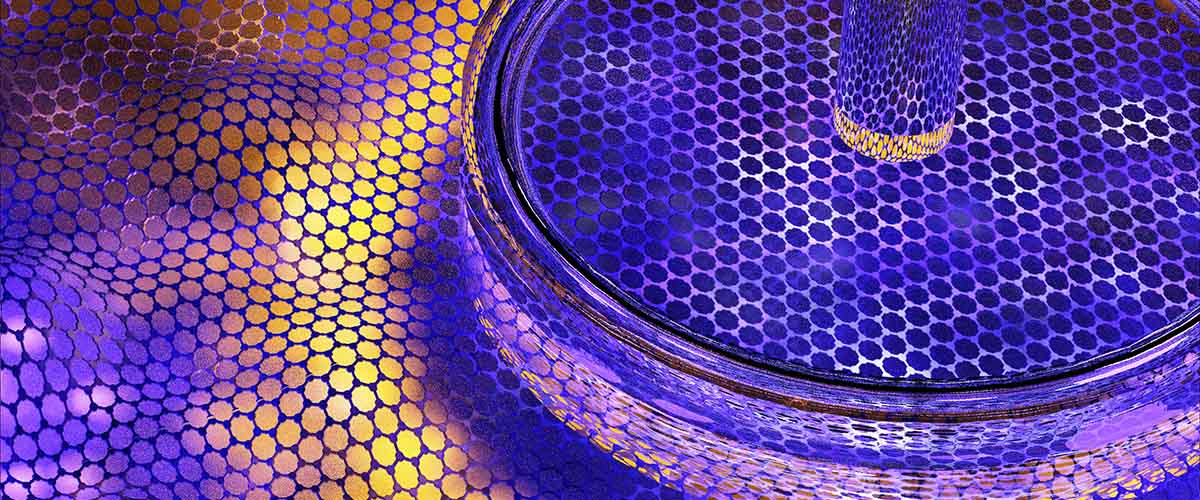
May 16, 2018
This research is a promising first step toward finding a way to use graphene as a transistor, an achievement that would have widespread applications.

April 30, 2018
Finding could make pricey, massive scanners a thing of the past.
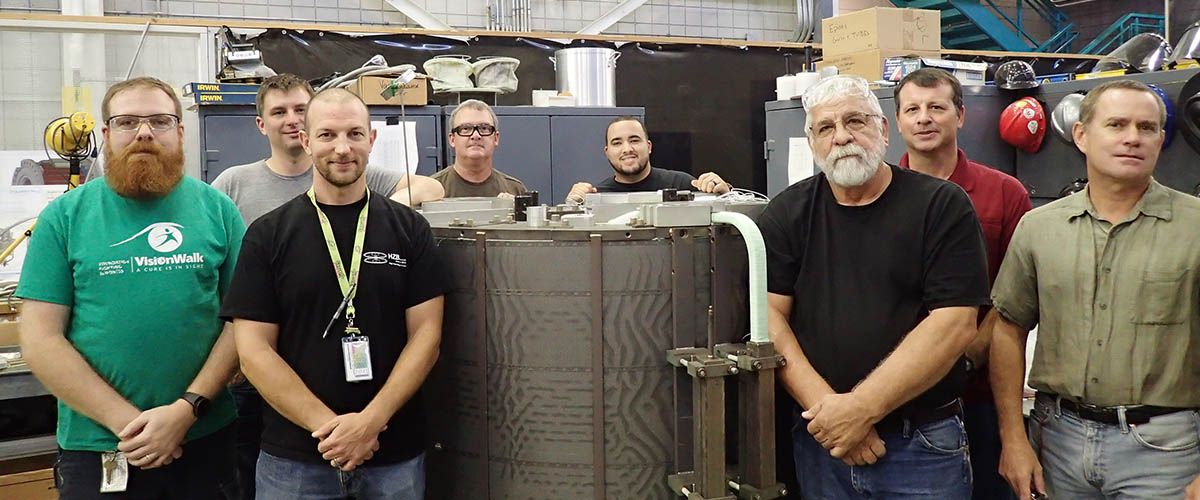
April 23, 2018
When fully installed, the new instrument will be one of the two most powerful magnets on the planet.

April 02, 2018
The National Science Foundation announces five-year funding grant for continued operation of the world’s most powerful magnet lab.
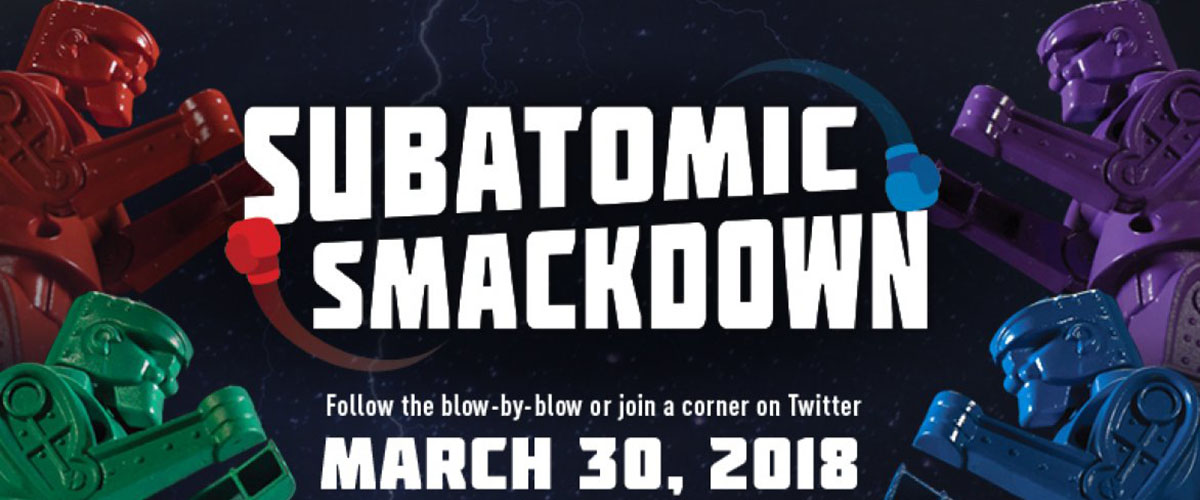
March 07, 2018
Scientists and science communicators team up in playful bout that engages physics fans worldwide.
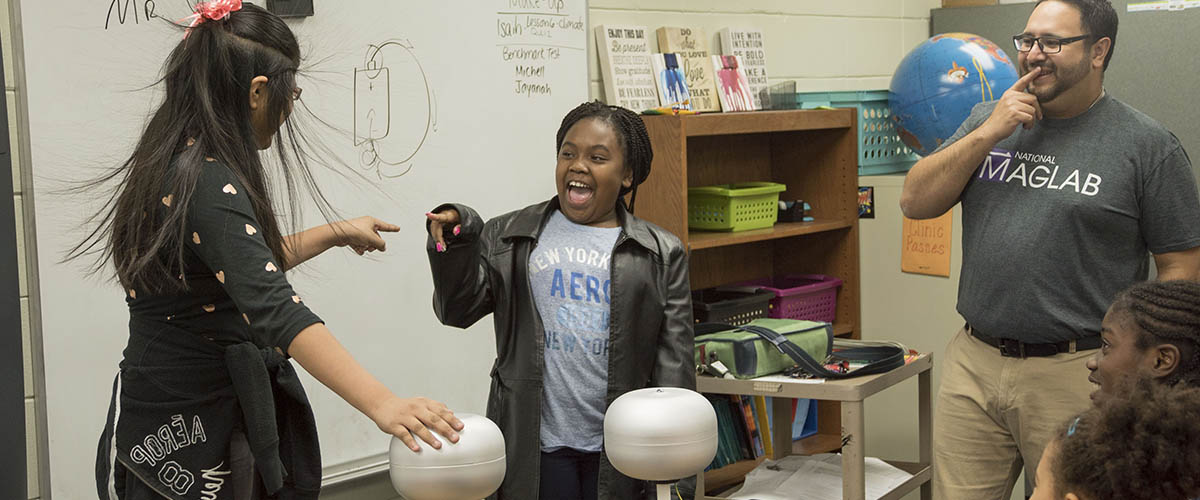
January 23, 2018
Veteran educator recognized for inspiring kids about science outside the classroom.
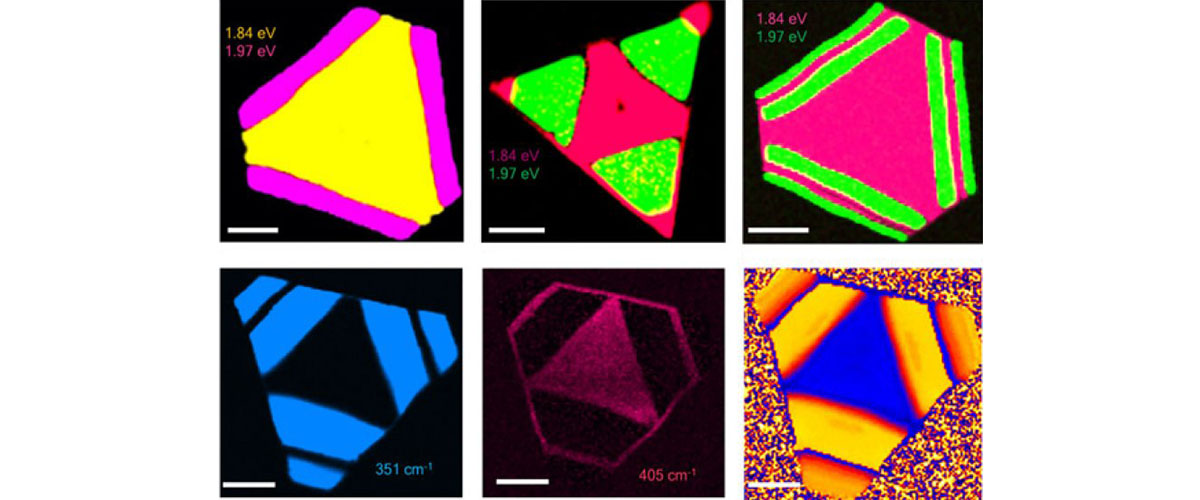
January 09, 2018
A unique way to bond together single-layer semiconductors opens a door to new nanotechnologies.
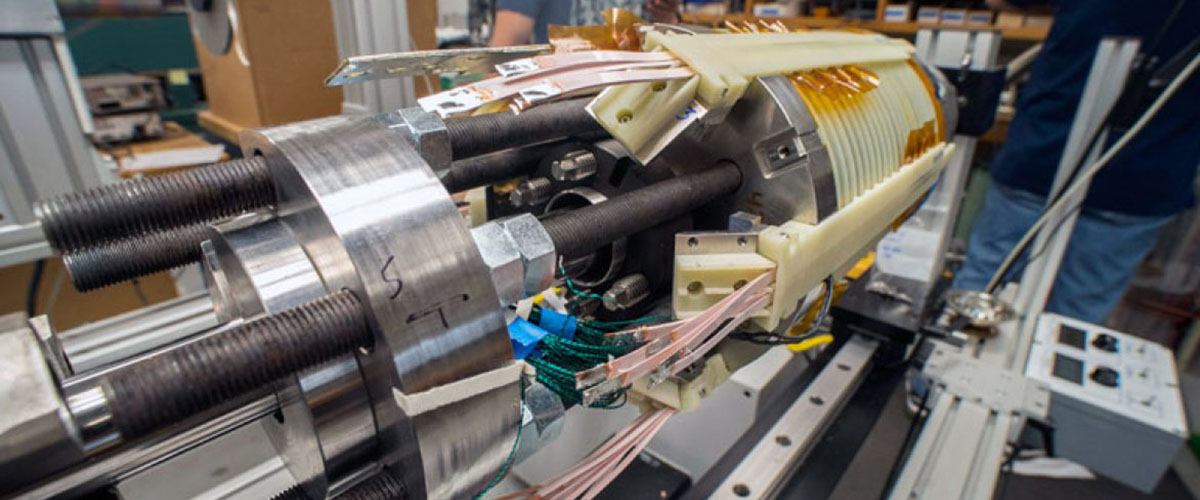
December 12, 2017
Made with high-temperature superconductors, the National MagLab's newest instrument shatters a world record and opens new frontiers in science.

October 23, 2017
The DOE effort foresees a slew of health, environmental and safety applications.
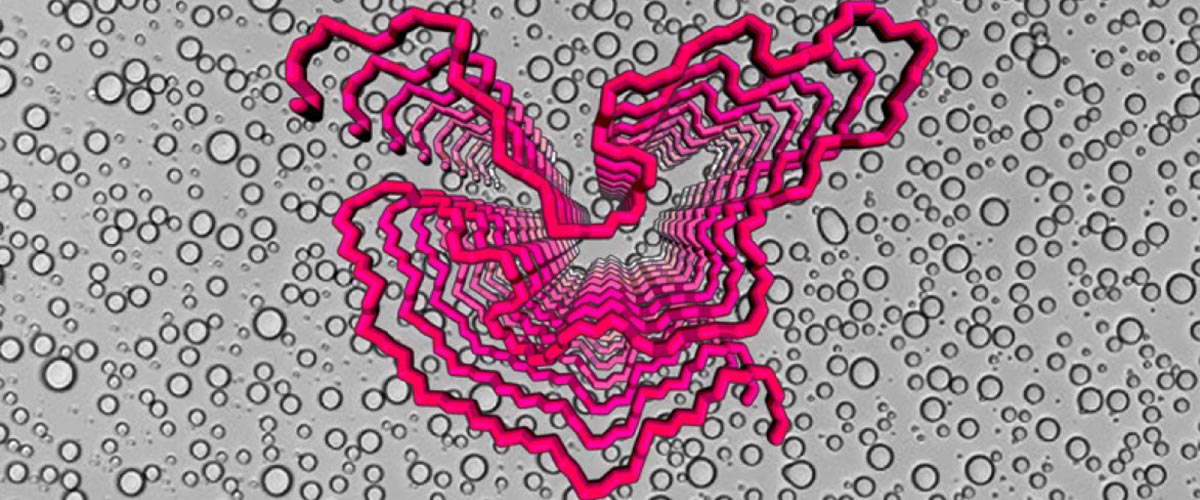
October 19, 2017
Research sheds new light on the formation of harmful structures that can lead to neurodegenerative diseases.
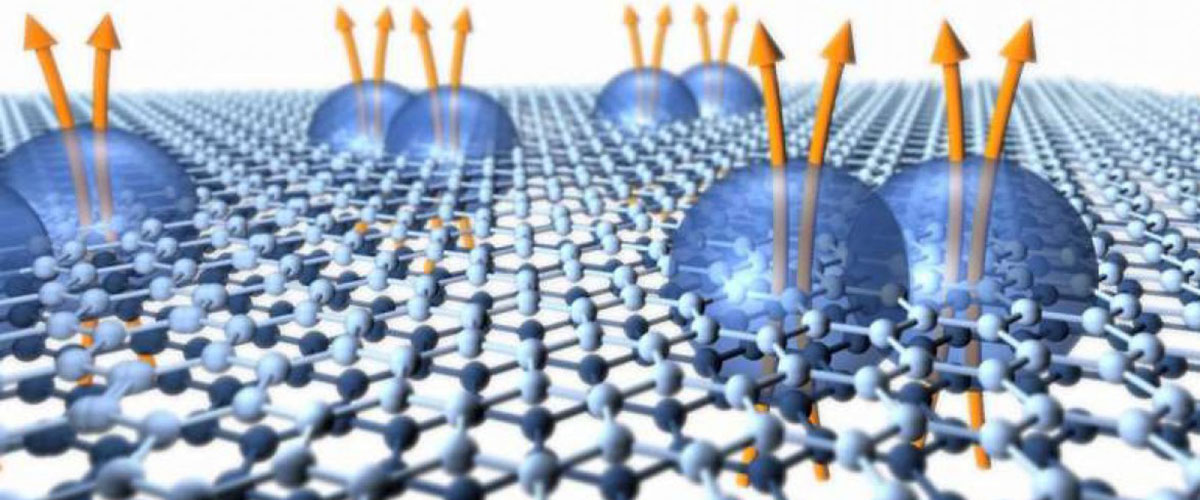
October 09, 2017
Physicists prove a 30-year-old theory — the even-denominator fractional quantum Hall state — and establish bilayer graphene as a promising platform th…
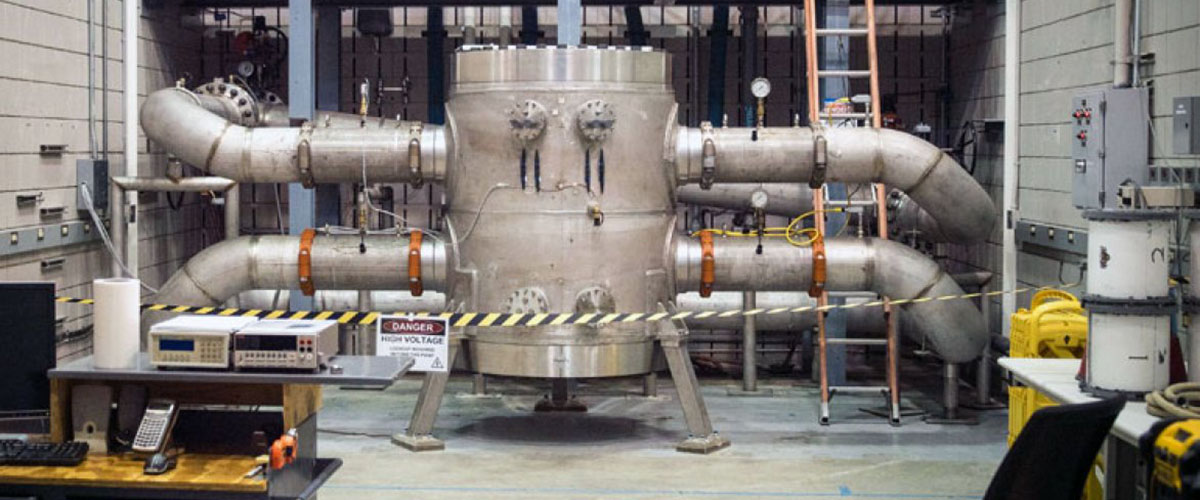
August 22, 2017
The new 41.4-tesla instrument reclaims a title for the lab and paves the way for breakthroughs in physics and materials research.
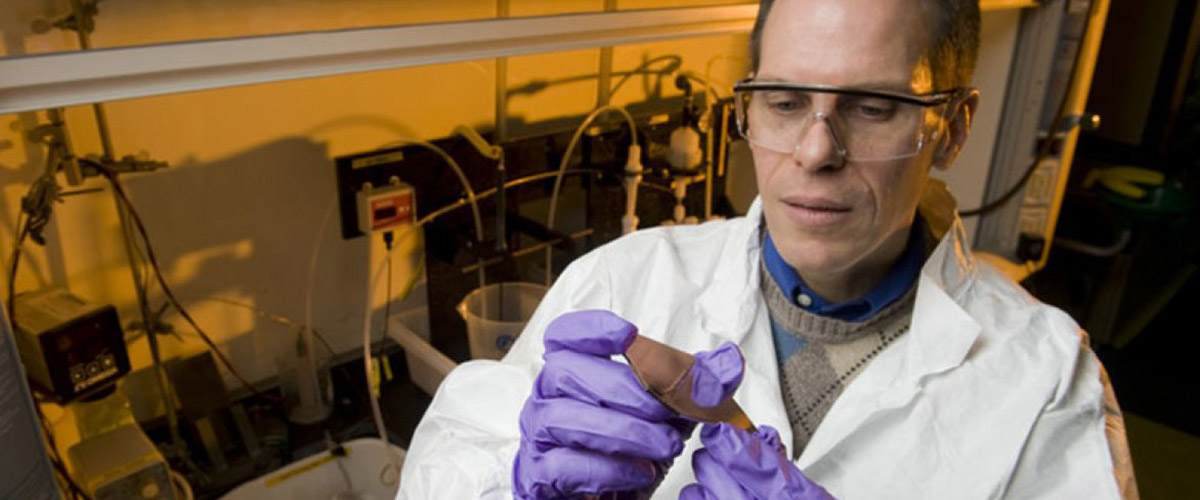
April 19, 2017
Lance Cooley, an expert in the field of applied superconductivity, will join the lab this summer.
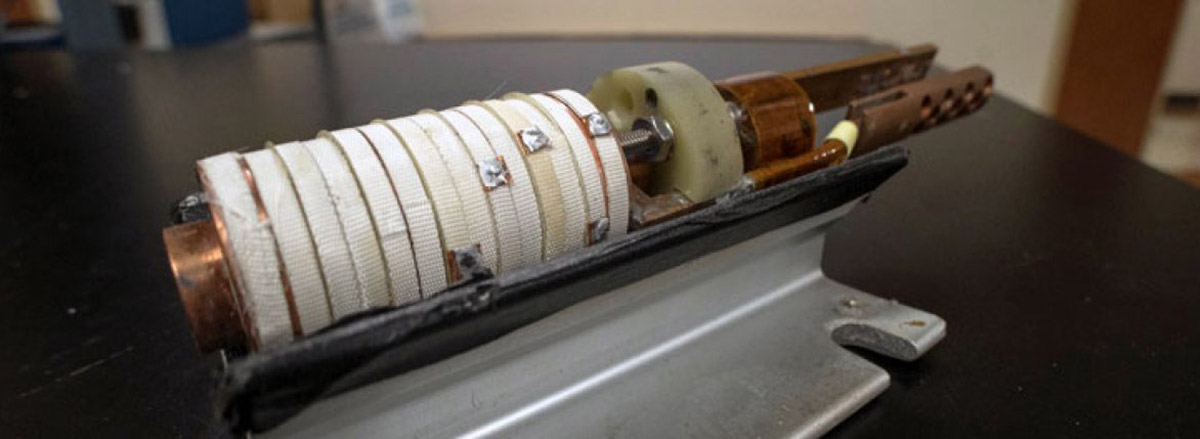
January 24, 2017
Game-changing technology may hold the key to ever-stronger magnets needed by scientists.
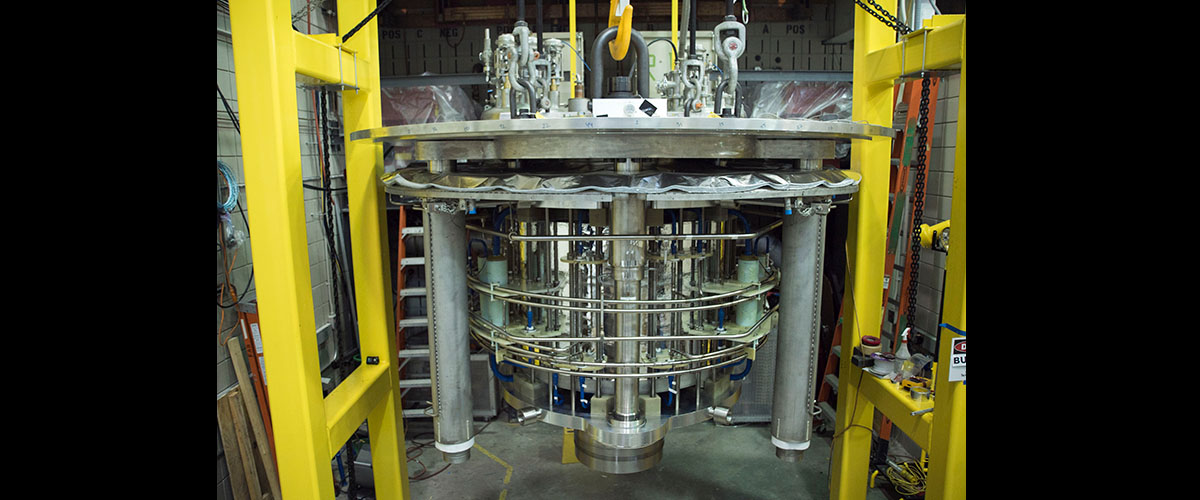
November 09, 2016
Combining tremendous strength with a high-quality field, the MagLab’s newest instrument promises big advances in interdisciplinary research.
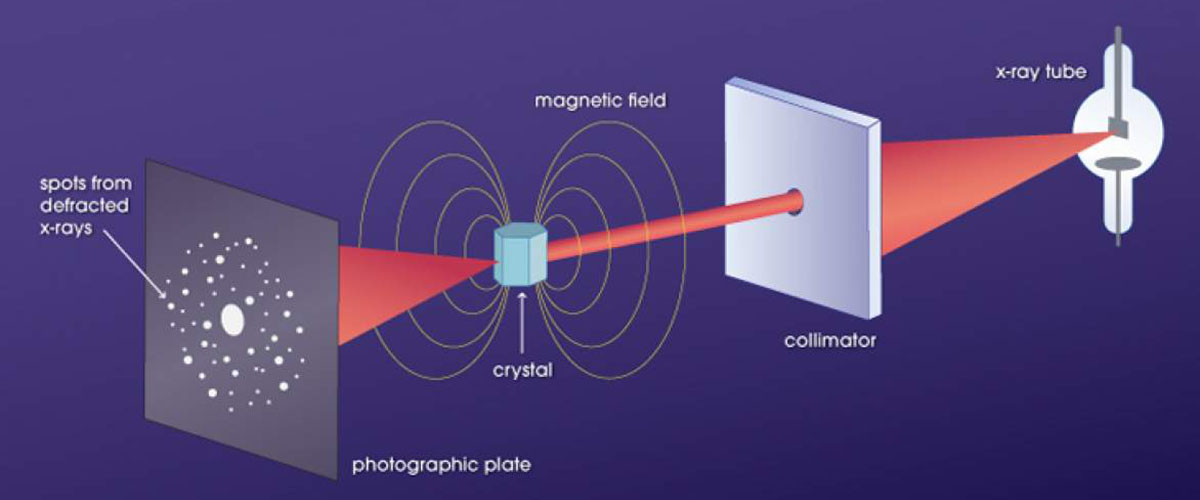
September 28, 2016
A new x-ray instrument will become the strongest of its kind thanks to the power of the MagLab’s flagship split helix magnet.
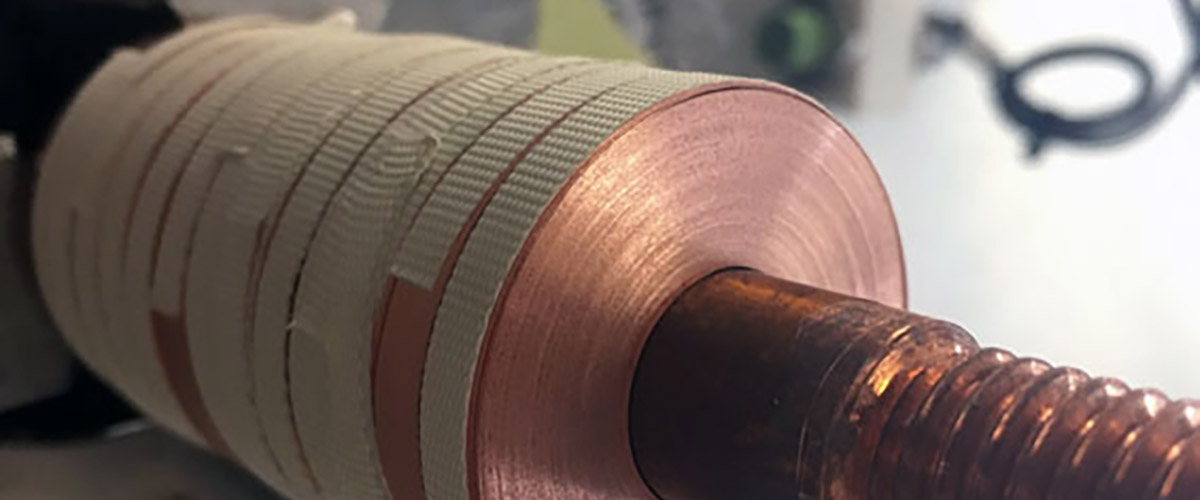
April 11, 2016
No insulation? No problem! In fact, by challenging the conventions of magnet making, MagLab engineers created a first-of-its-kind magnet that has only…
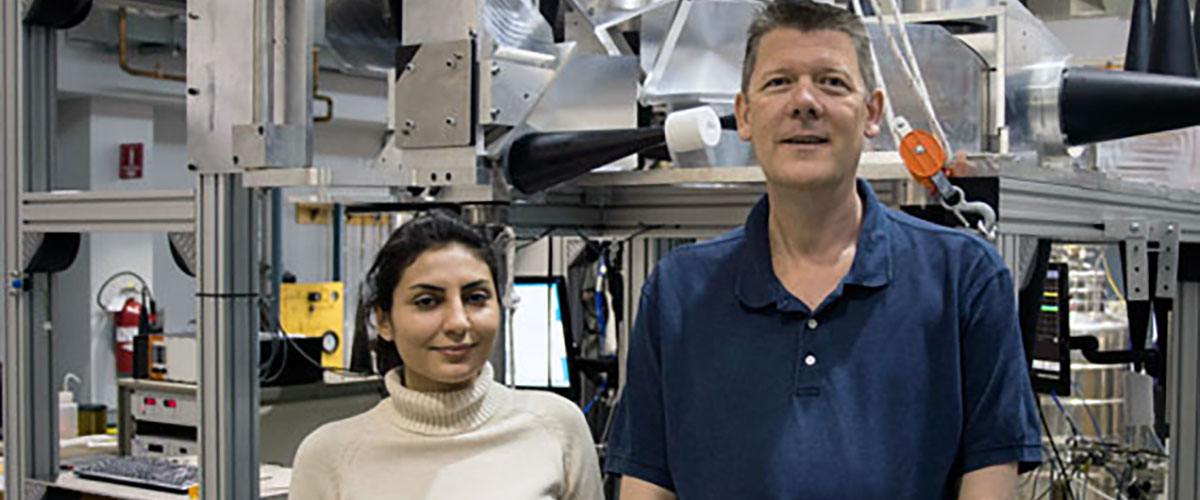
March 16, 2016
Findings published today in Nature may advance the era of quantum computers.
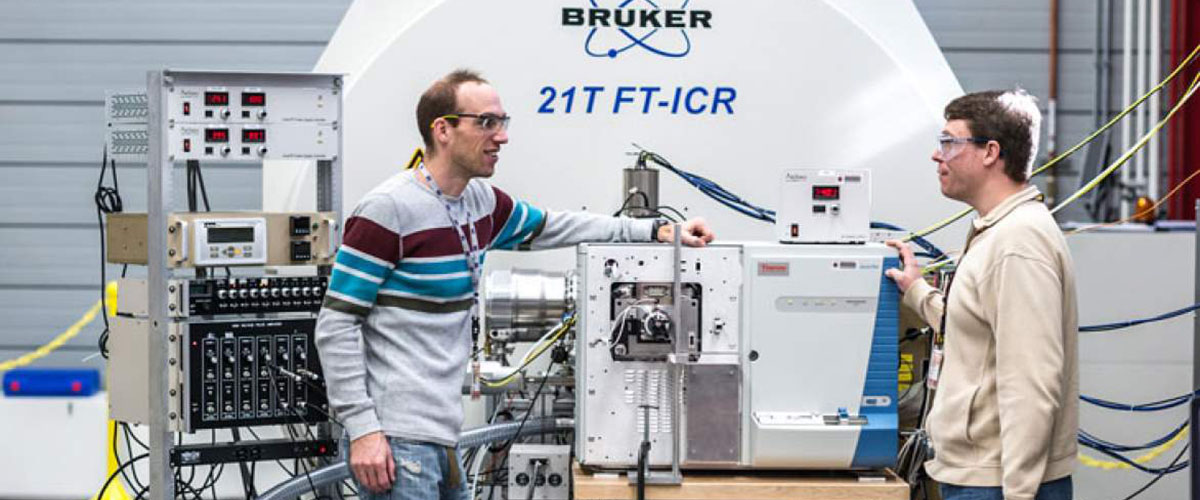
October 01, 2015
State-of-the-art ion cyclotron resonance magnet system offers researchers significantly more power and accuracy than ever before.
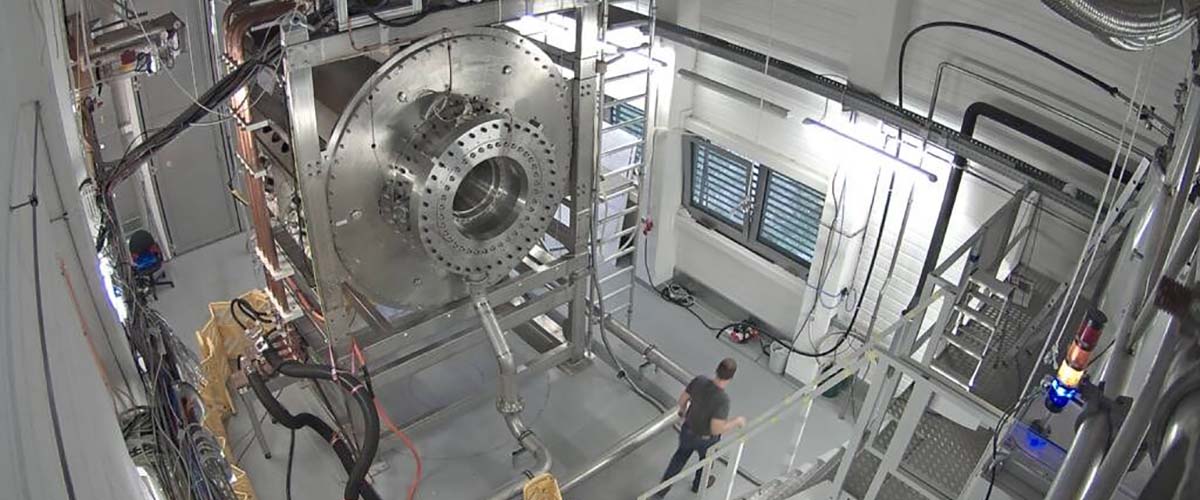
October 20, 2014
A unique magnet developed by the MagLab and Germany's Helmholtz Centre Berlin has reached a new world record for a neutron scattering magnet.
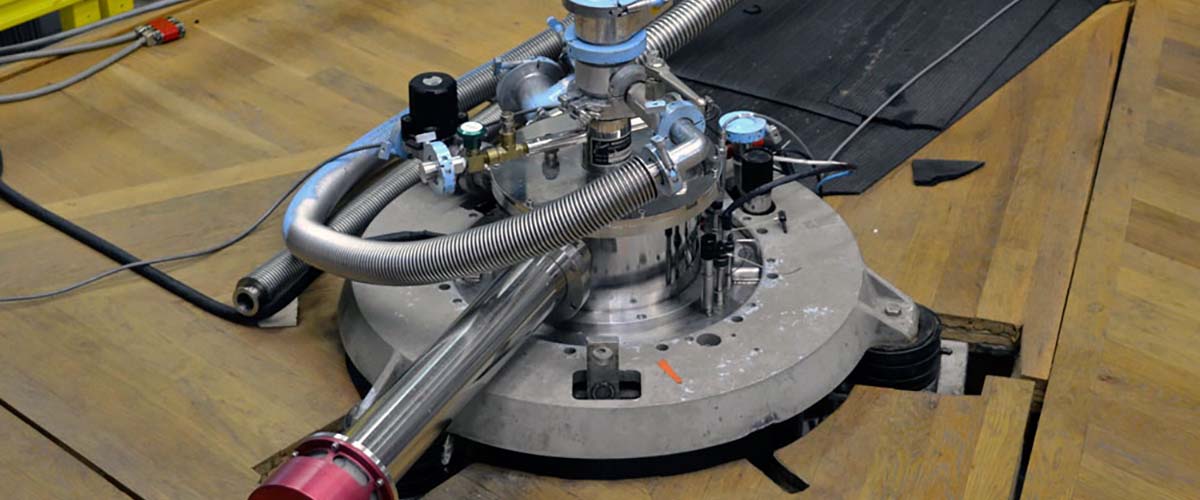
June 30, 2014
A new record for a trapped field in a superconductor could herald the arrival of materials in a broad range of fields.
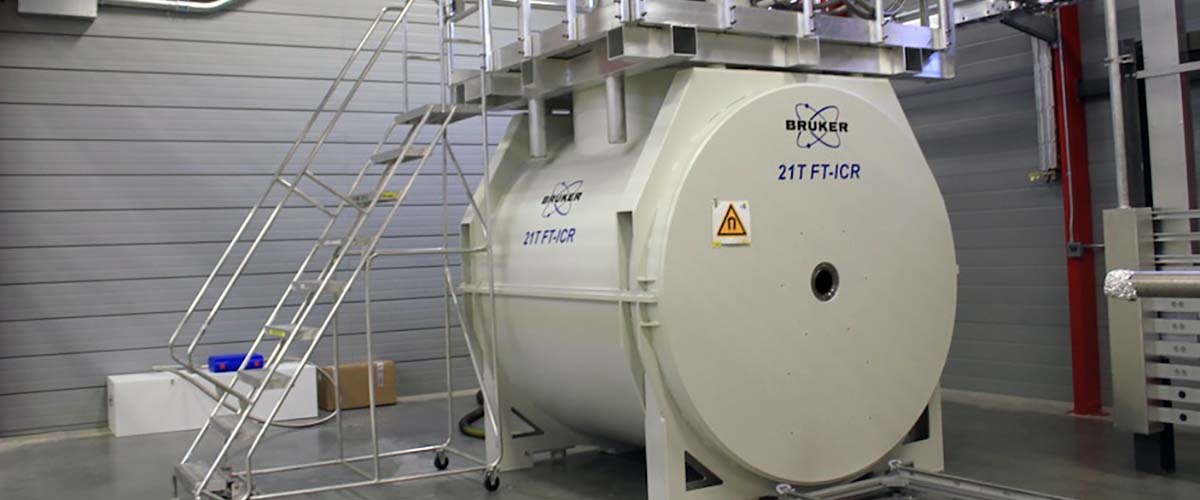
June 16, 2014
The MagLab and the Bruker Corporation have installed the world’s first 21 tesla magnet for Fourier Transform Ion Cyclotron Resonance (FT-ICR) mass spe…